Nesting Habits of the Blue Jay Blue Jays build their nests in tree branches or where there is a "V" in the tree The nest is made from grass, small twigs, leaves, and bark and is sometimes "glued" together with mud The female Blue Jay will lay between 36 eggs which she will incubate for up to 18 days Sometimes the male will assist with the incubation, though his main task is to bring food to the female Blue JayBlue jays nest in the crooks of large tree branches 10 to 30 feet above the ground They build their nests with thin, freshly broken roots and twigs, and sometimes patch them together with moss and mud To attract blue jays to your birdhouse, mimic the jay's natural preferences, and provide food nearby AdvertisementNESTING HABITS The Florida Blue Jay is a most abundant breeder at Orlando and I doubt if there are any other cities in the State where it can be found in such large numbers, due to ideal food conditions and nesting places In any part of its range it is

Blue Jay Whatbird Com
Blue jay bird nesting habits
Blue jay bird nesting habits-This is the "blue jay" of parks, neighborhoods, and riverside woods near the Pacific Coast Pairs of California ScrubJays are often seen swooping across clearings, giving harsh calls, with their long tails flopping in flight They readily come to backyard bird feeders Until recently, this jay was considered part of the same species as the Woodhouse's ScrubJay; Nature Journal Blue jays raid nests in late spring in search of food Blue birds are raiding nests in late spring, devouring both eggs and baby birds It's distressing to hear the anguished calls



Foe Or Friend Blue Jays Provide An Important Service To Other Wildlife
Blue jays are known for their striking blue feathers and loud songs The bright and beautiful songbirds are a favorite among birders If you to bring blue jays to your backyard, you'll need to know about their favorite food, nesting habits, and more, so follow these tips from Blain's Farm & Fleet to get started Bluebird Neat, cup shaped, woven nest of 100% fine grass or pine needles Occasionally bits of fur or a few feathers and rootlets Fairly deep nest cup Eggs are powder blue, sometimes white NOTE Western Bluebirds will routinely add ribbons, cellophane, feathers, thin bark and leaves to their nestOccasionally blue jays nest on ledges formed by building molding, sills and cornices and sometimes on nesting platforms The Mourning Dove Platform has extra room under a gable roof for the larger back yard platform nesters mourning doves, robins and blue jays
One of the loudest and most colorful birds of eastern back yards and woodlots, the Blue Jay is unmistakable Intelligent and adaptable, it may feed on almost anything, and it is quick to take advantage of bird feeders Besides their raucous jay!The screaming call usually lets you know a jay is nearby and it is usually given when a bird is on the move, so watch for a bird flying between the trees with its distinctive flash of white on the rump Jays are famous for their acorn feeding habits and in the autumn you may see them burying acorns for retrieving later in the winterThe blue jay (Cyanocitta cristata) is a passerine bird in the family Corvidae, native to eastern North AmericaIt lives in most of the eastern and central United States;
Build or purchase an open nesting platform Blue Jays are attracted to flat spaces on tree branches or surfaces like window sills For this reason, they will make good use of a flat nesting platform instead of a traditional house The floor area should be no less than 8Incubation lasts approximately 1214 days for Eastern, 1314 days for Mountain and 1314 days or Western BluebirdsJay nesting and breeding habits The nest is built in a tree and generally against the trunk or in a fork, and usually at least two metres above the ground It is well hidden and basically consists of twigs, plants stems, and may also include mud as a binding material It is lined with fine plant material and hair, making an especially neat



Blue Jays In My Backyard Cleveland Museum Of Natural History
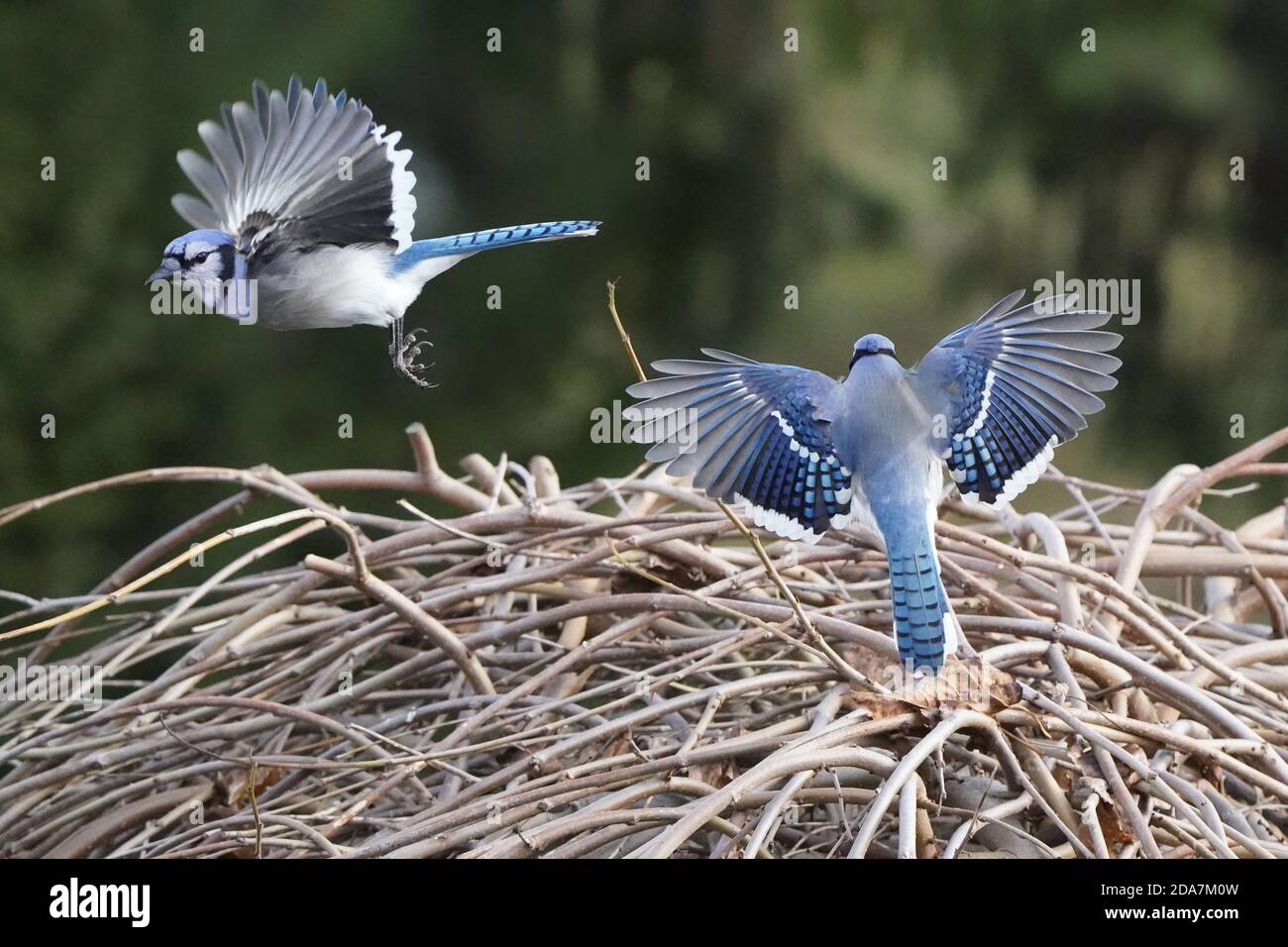



Jays Nest High Resolution Stock Photography And Images Alamy
Click nest pix to enlarge then close the new window to return to this page The male bluebird scouts out nest site locations in February and March It is the male that sings Photo by Wendell Long The female is more gray, and has a white eye ring She makes the final choice for a nest site Nest building usually takes 26 daysEastern populations may be migratory Resident populations are also found in Newfoundland, Canada;Although blue jays have the character trait of being particularly noisy birds, they are oddly quiet when inside their nests Blue jays build their bests at heights between 0 feet, depending on the surroundings These birds use sticks, twigs, leaves, grass, barks, and even roots to build their nests
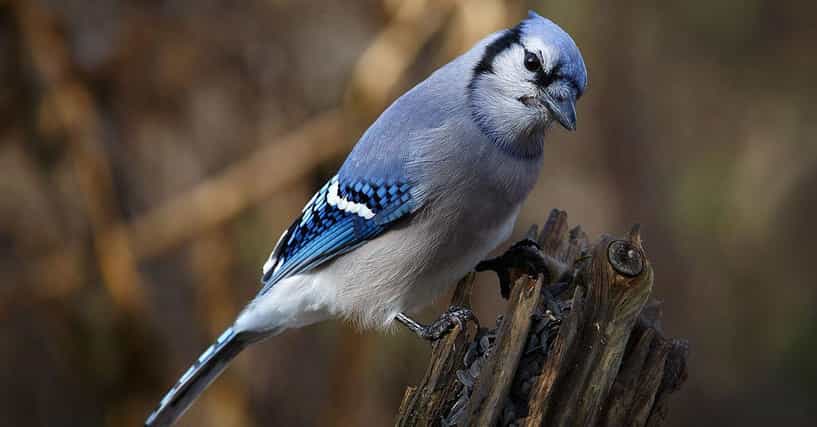



Blue Jays May Be Cute But They Re Airborne Jerks Of The Highest Order
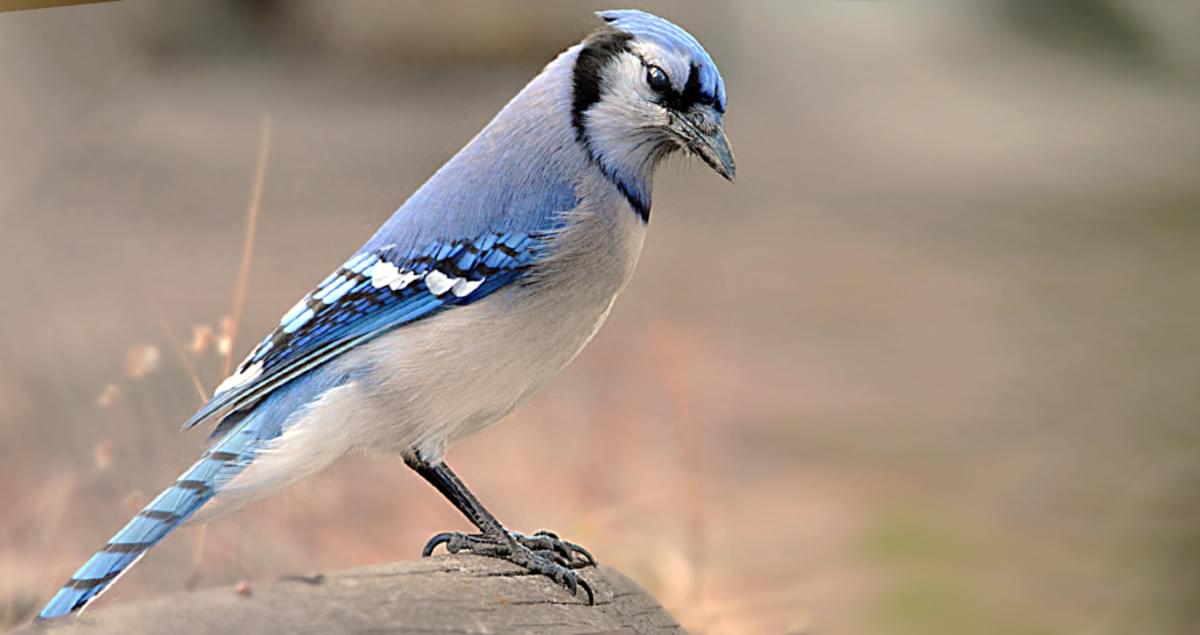



Blue Jay Life History All About Birds Cornell Lab Of Ornithology
Jays, along with all members of the corvid family, generally require more environmental enrichment and mental stimulation than some other avian species might They are quite intelligent, and should be provided with puzzle feeders, different types of toys, and more Behavior of the Blue Jay Jays are known for being loud, boisterous, and Researching the Social Behavior of Steller's Jays Will Goldenberg tossed a handful of peanuts onto the concrete, hoping to lure the Steller's Jay from its nest outside Founders Hall After a few minutes, the blue and black bird popped out of a bush and hopped over to the pile of nuts scattered on the ground Blue jays possess a number of habits that draw attention from humans (and other birds) Take a walk around the eastern woodlands and their loud, oftenalarming calls are unmistakable The blue jay uses a wide range of vocalizations, and is well known for imitating the calls of two raptor species, redtailed and redshouldered hawks
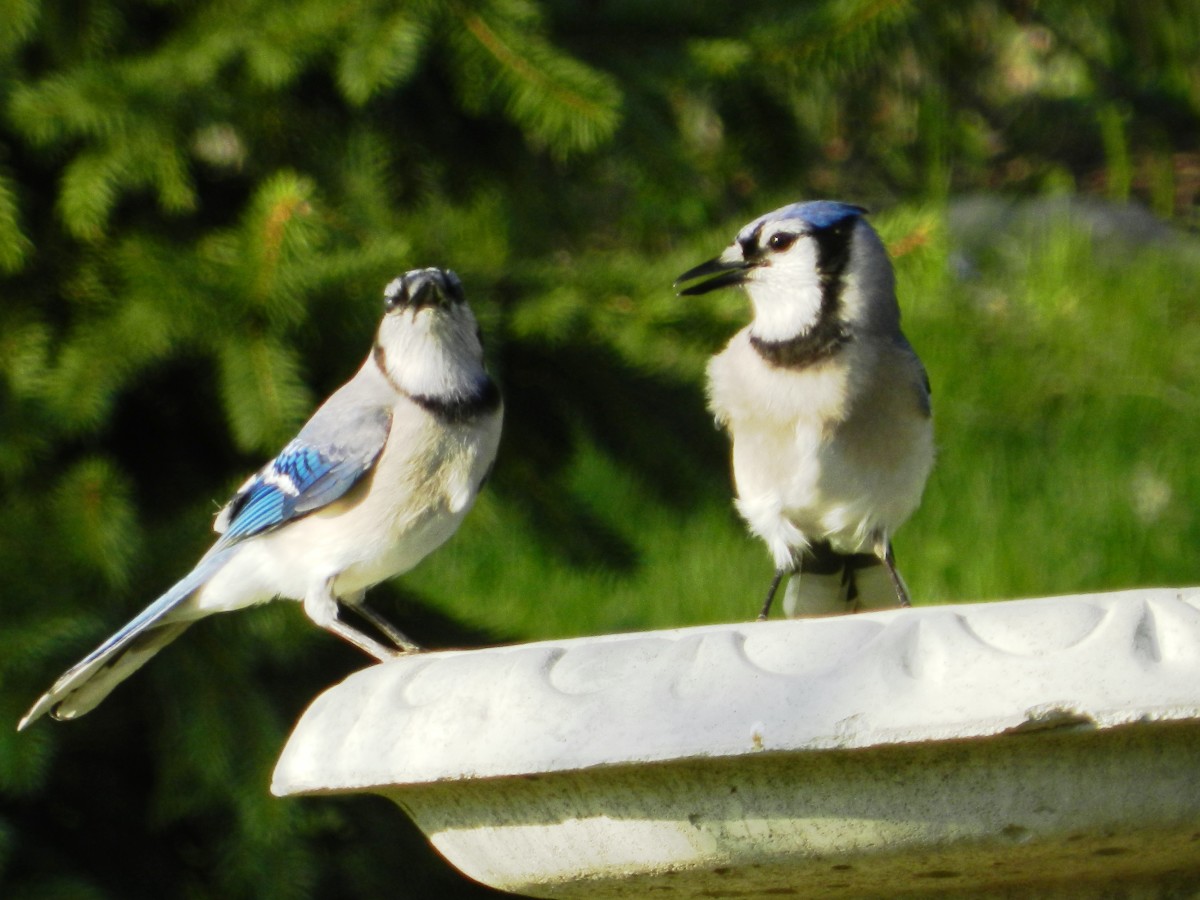



Blue Jay Facts Pictures And Behavior Owlcation
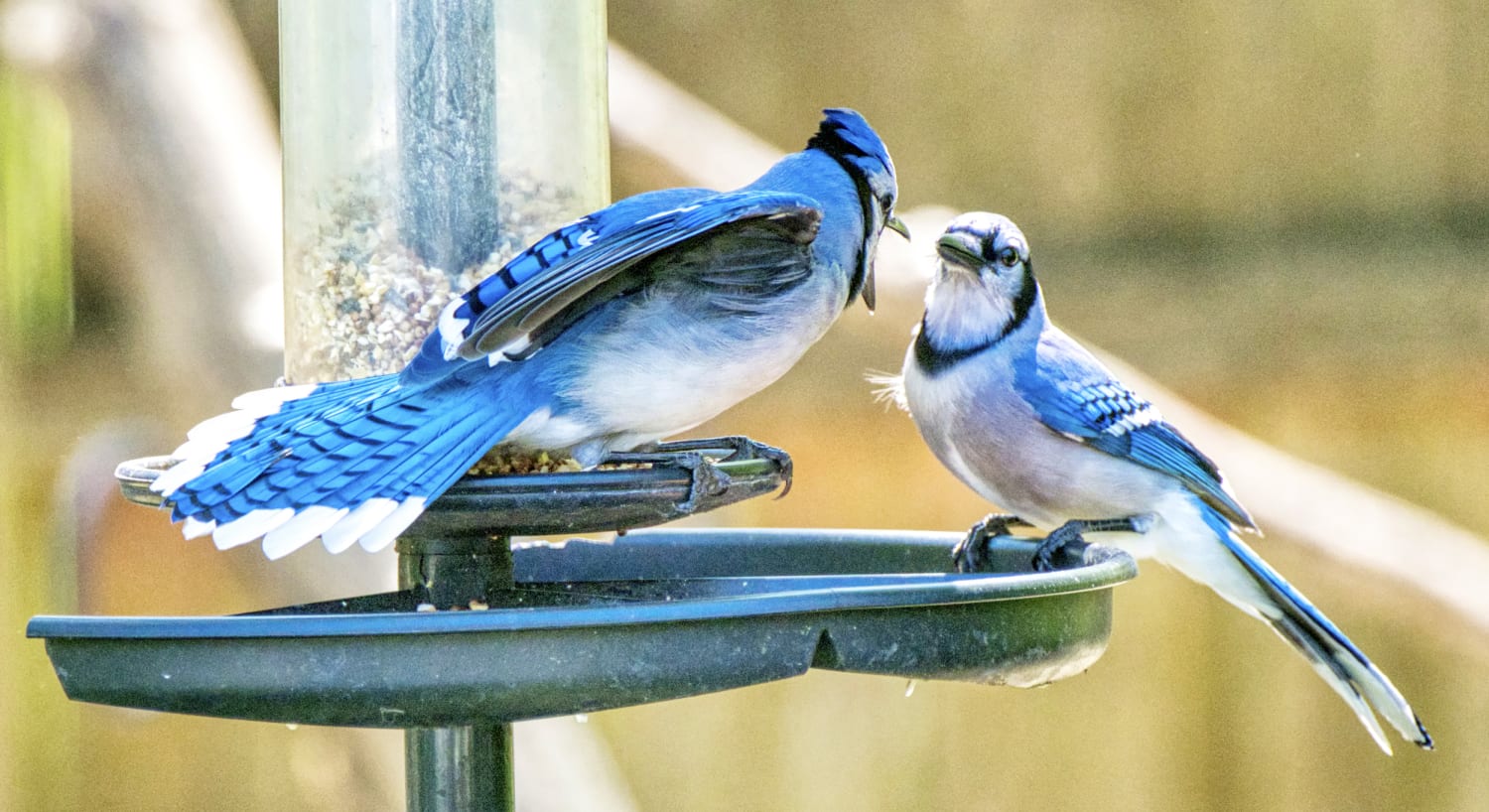



Scientists Don T Know Why Hundreds Of Birds Are Getting Sick And Dying Across The U S
Blue Jays glean insects and take nuts and seeds in trees, shrubs, and on the ground;A blasting jeer comes from a blue jay in the big oak Smaller birds scatter, except for a downy woodpecker, who freezes motionless on a tree trunk A sharpshinned hawk glides silently into my yard It settles on a branch, watching for some small bird it can seize It might have caught one, except that the blue jay ratted it out The blue jay may only have meant to warn other jays, butThey also eat grains They also take dead and injured small vertebrates Blue Jays sometimes raid nests for eggs and nestlings, and sometimes pick up dead or dying adult birds Stomach contents over the year are about 22 percent insect




Blue Jays Are Swarming Maine Feeders And Stealing Food
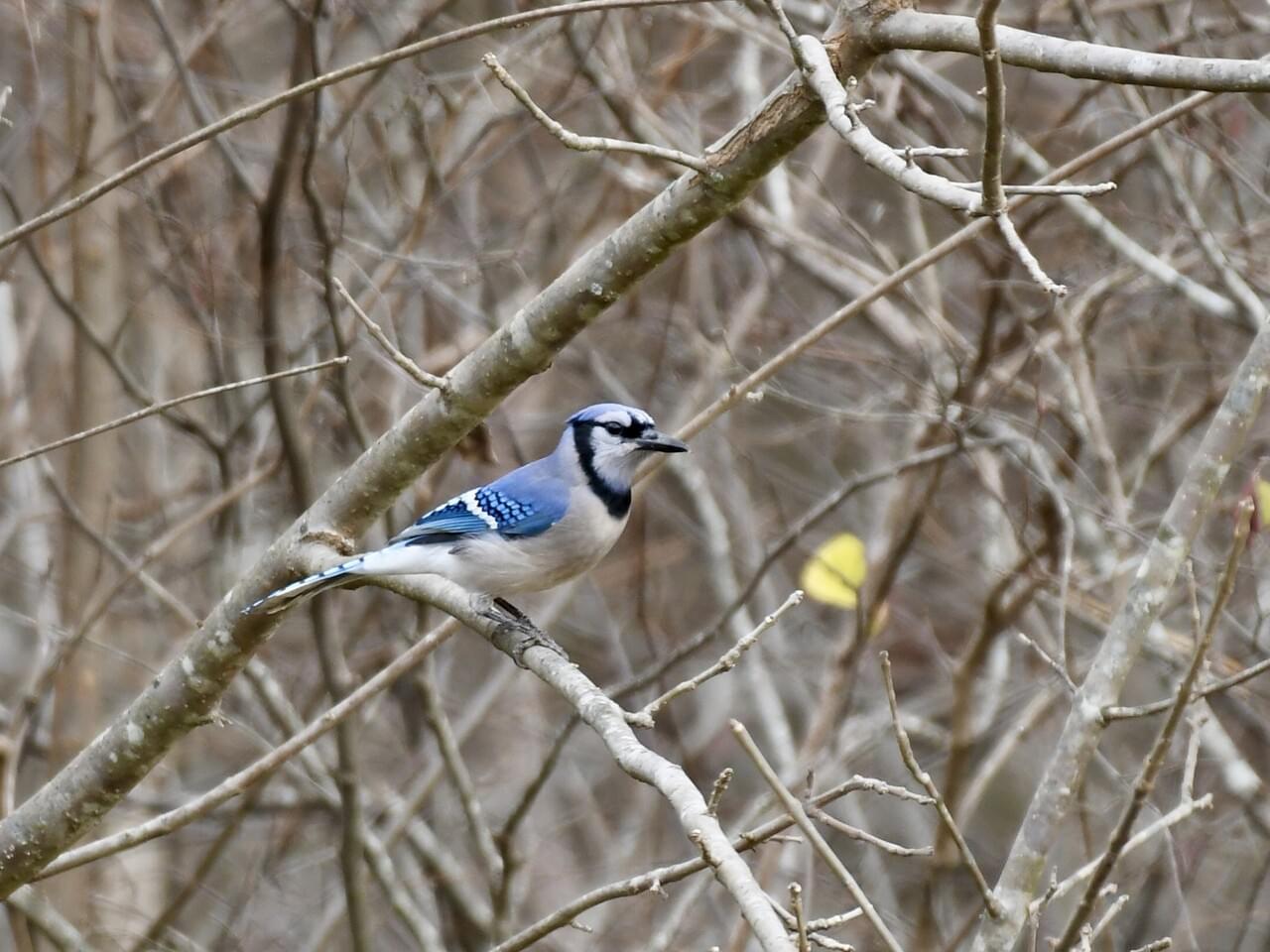



Blue Jay Celebrate Urban Birds
Breeding and Nesting Steller's Jay Two to six light blue green or green blue eggs marked with brown are laid in a neat, twiggy nest lined with small roots and fibers, usually well hidden in a shady conifer Incubation ranges from 16 to 18 days and is carried out by the femaleBlue Jay Nesting Habits Blue jays like to build their nests in deciduous or evergreen trees about 8 to 30 feet above the ground However, some nests can be up as high as 50 feetFamiliar but stunning jay found yearround throughout most of eastern North America Bright blue above and pale gray below with a fluffy crest Also look for black necklace and black and white markings on the wings and tail Pairs or small groups travel through mature deciduous or coniferous woodlands, often revealing their presence with loud, harsh "jay" calls
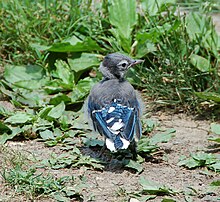



Blue Jay Wikipedia




Bird Watcher S General Store
Breeding populations are found across southern CanadaThe Sioux tribes of Native America also observed the blue jay preferring the oak and fir trees for their nesting habits To this day, blue jays are found inside these trees and can represent spiritually the feeling of being grounded It seems easy when we have to contemplate things in life but we rarely put together all our situations and lookMaking Nesting Platform I've made regular and triangular birdhouses and they have both been used for several broods each season This year I want to add some nesting platforms I read in my trusty Audubon bird book that Robins, Blue Jays and Mourning Doves can be convinced to use nesting platforms




Exploring Birds How To Attract Blue Jay




Nature Journal Blue Jays Raid Nests Of Other Birds Devouring Eggs
Nesting Steller's Jays form monogamous, longterm pair bonds They remain together year round They typically nest in a conifer, and both members of the pair help build the nest The nest is a bulky cup made of twigs, weeds, moss, and leaves, held together with mud Although they are typically noisy birds, blue jays tend to be quiet when in their nest Their nests are located at a height between eight and 30 feet usually on top of a coniferous or deciduous tree These passerine birds make use of sticks, barks, leaves, roots, twigs and grass in making their cupshaped nests atop trees or shrubsNesting Habits of the Bluebird Bluebirds typically nest in one of two places tree cavities of live or dead trees and nest boxes Amazingly, the installation of nest boxes helped oncedeclining Bluebird populations to recover




Blue Jay Nest Facts Youtube




Art Lander S Outdoors Some Facts About The Blue Jay The Lovable Bully At The Backyard Bird Feeder Nkytribune
What do jays look like?The jay has pale pink plumage, a black tail and white rump Its head has a pale crown with black streaks, and black facial markings and bill Its wings are black and white with a panel of distinctive electricblue feathers It has aBreeding and Nesting Blue Jay Three to seven brown marked, light blue green or green blue eggs are laid in a coarsely built nest made of sticks, lined with grass, and well concealed in a tree, often a conifer Incubation ranges from 16 to 18 days and is carried out by both parents
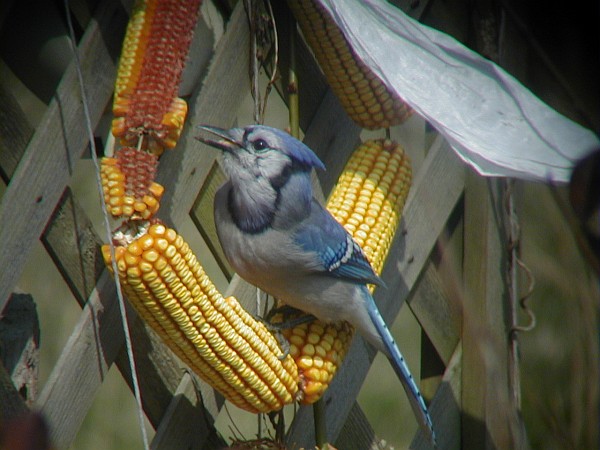



Have You Seen Any Blue Jays Lately Outside My Window
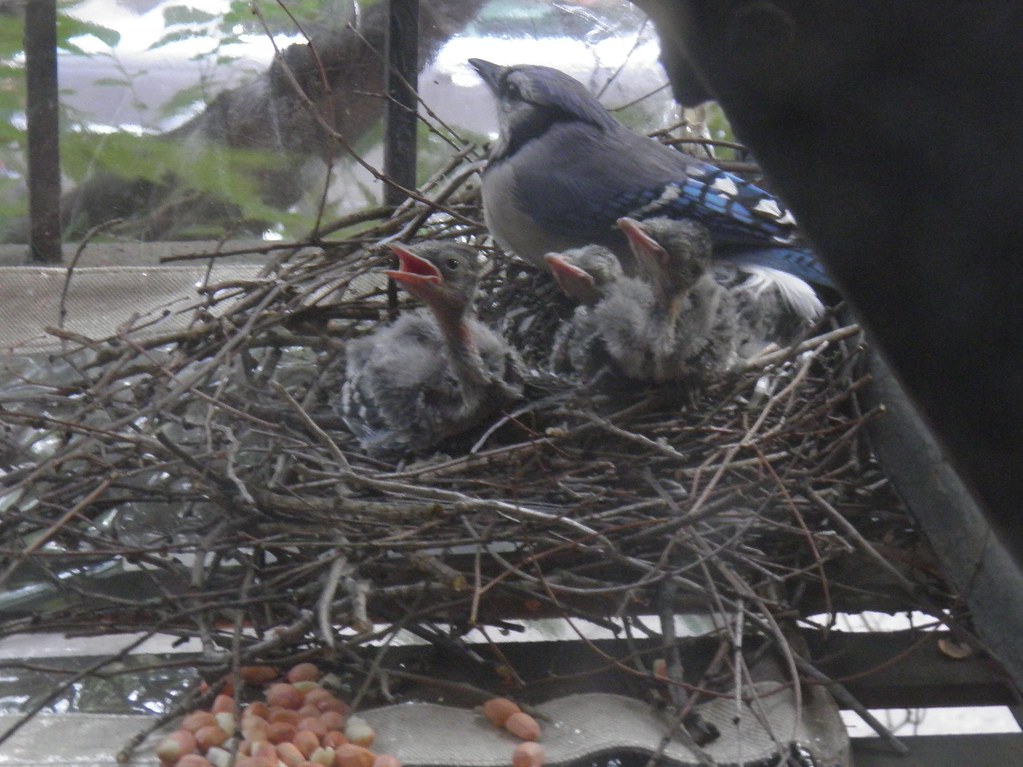



Blue Jays Nesting Outside My Window
Both parents participate in gathering material and building the nest They are v Mating Blue Jay couple building a nest are gathering material over two daysThe eggs are laid one each day until the entire clutch is complete, usually 46 powder blue or, occasionally, white eggs How long till they hatch?They're nesting and feeding young now, and they are generally trying to be as inconspicuous as possible during these times I can remember bumping into a man and wife from England a few years ago who were in the States birdwatching
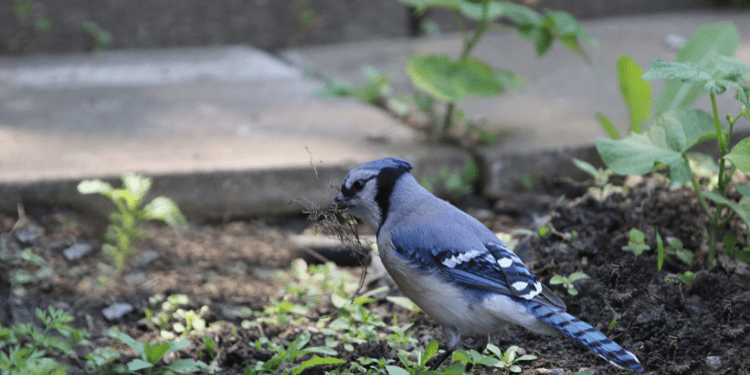



Blue Jay Eggs Everything You Need To Know Birdwatching Buzz
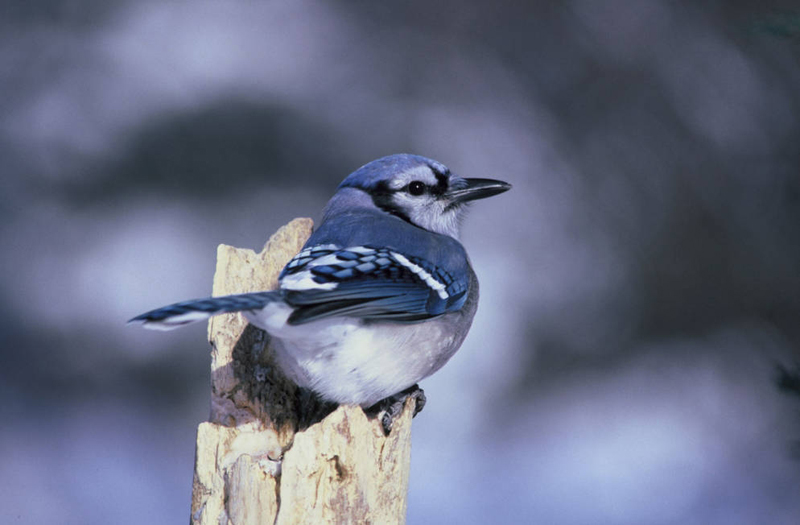



Blue Jay Cyanocitta Cristata Natureworks
This Scrub Jay (Aphelocoma californica) pair built their nest and laid eggs back in late March NowThe appearance of blue is merely the distortion of reflected light off the unique inner structure of its feathers rather than pigment Thus, the "blue" never fades Pretty as the blue jay is, it is an aggressive and noisy bird with unique eating habitsWhile they love peanuts in the shell and are content to eat seed and suet from the backyard bird feeder, they areBlue Jays lower their crests when they are feeding peacefully with family and flock members or tending to nestlings At feeders in Florida, Redheaded Woodpeckers, Florida ScrubJays, Common Grackles, and gray squirrels strongly dominate Blue Jays,
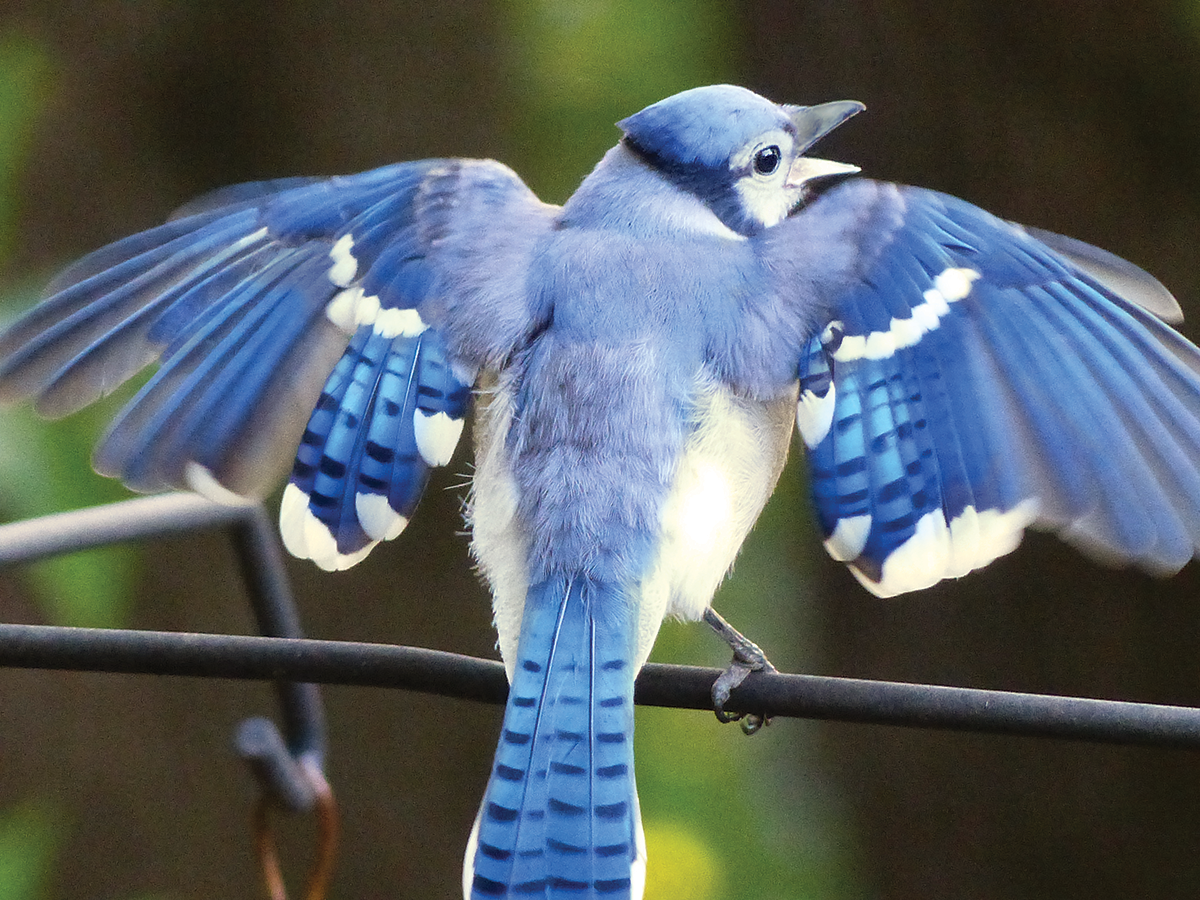



Rhapsodies In Blue Blue Jays All Seasons Wild Bird Store
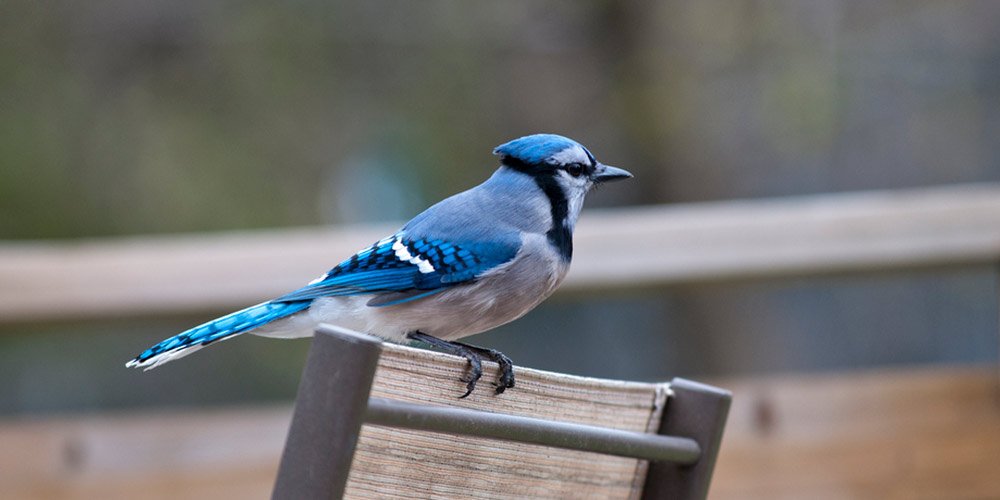



Blue Jay Bird Feeder Best Review 21 Birdinformer Com
Western scrubjays have long tails and small bills The head, wings, and tail are blue, the back is brown, the underside is gray to tan, and the throat is white Unlike Steller's jays and blue jays, they do not have a crest Western scrubjays include several subspecies that live along the Pacific coast and in the interior WestAfter about 21 days of incubation, the hatching begins! Nest Predation This is probably the biggest strike against the blue jay While they will love the seed you put out at your bird feeder, they are omnivores that will also dine on insects, fruit, nuts, and even small animals Baby birds of other species may be attacked and consumed in their nests, as well as eggs
/Bluejaywithpeanut-GettyImages-587969324-5a18a0e6beba330037557592.jpg)



How To Attract Jays To Your Backyard
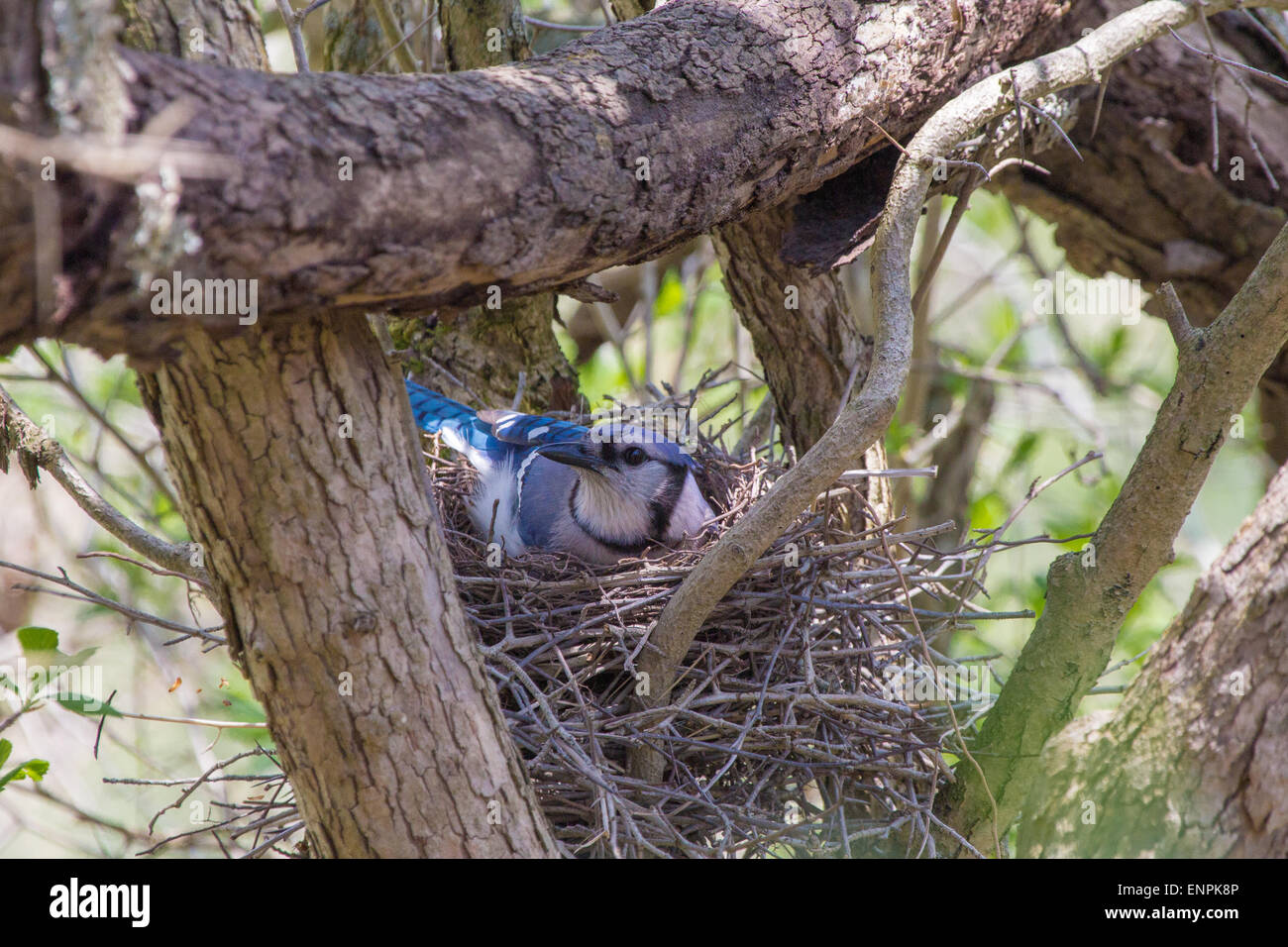



Blue Jay Nest High Resolution Stock Photography And Images Alamy
Despite such habits, on balance Blue Jays are a welcome part of most avian neighborhoods because they are observant and squawky and alert all nearby songbirds about hawks, cats, and other dangers Even robins don't seem to mind jays in the area unless a jay is actually approaching a nestCalls, Blue Jays make a variety of musical sounds, and they can do a remarkable imitation of the scream of a RedshoulderedThe Blue Jay builds a bulky nest, about 18 cm in diameter, of small twigs and a variety of other materials such as lichens, moss, grass, and paper Both sexes help to build the nest and care for the young The inner cup of the nest, about 10 cm in diameter, is shaped with mud and lined with fine rootlets and feathers
:max_bytes(150000):strip_icc()/GettyImages-1047980498-8c21e699d4244eee87c09d8e2ef46c2a.jpg)



Blue Jay Bird Facts Cyanocitta Cristata



Blue Jay The Texas Breeding Bird Atlas
Female blue jays lay from three to six eggs at a time The eggs are colored blue, green or yellow usually with spots of brown and grey The female mostly does the incubating of the eggs although the males may sometimes share with this duty The incubation period lasts for These birds mainly stay in areas where there are lots of trees This could be either in mixed woodland forests, probably where there are several oak trees They are also most commonly found near forest edges Sometimes, they also have a preference for trees depending on the area where they're atBREEDING HABITAT Blue Jays in Texas breed from near sea level to at least 1000 m (30 ft) in pines, oaks mixed coniferous deciduous woodlands, as well as farms suburbs, parks and towns (Oberholser 1974, Harrison 1979) In Colorado where thus jay breeds in habitats similar to those in the Panhandle and where nesting habitat use was included




Steller S Jay Audubon Field Guide
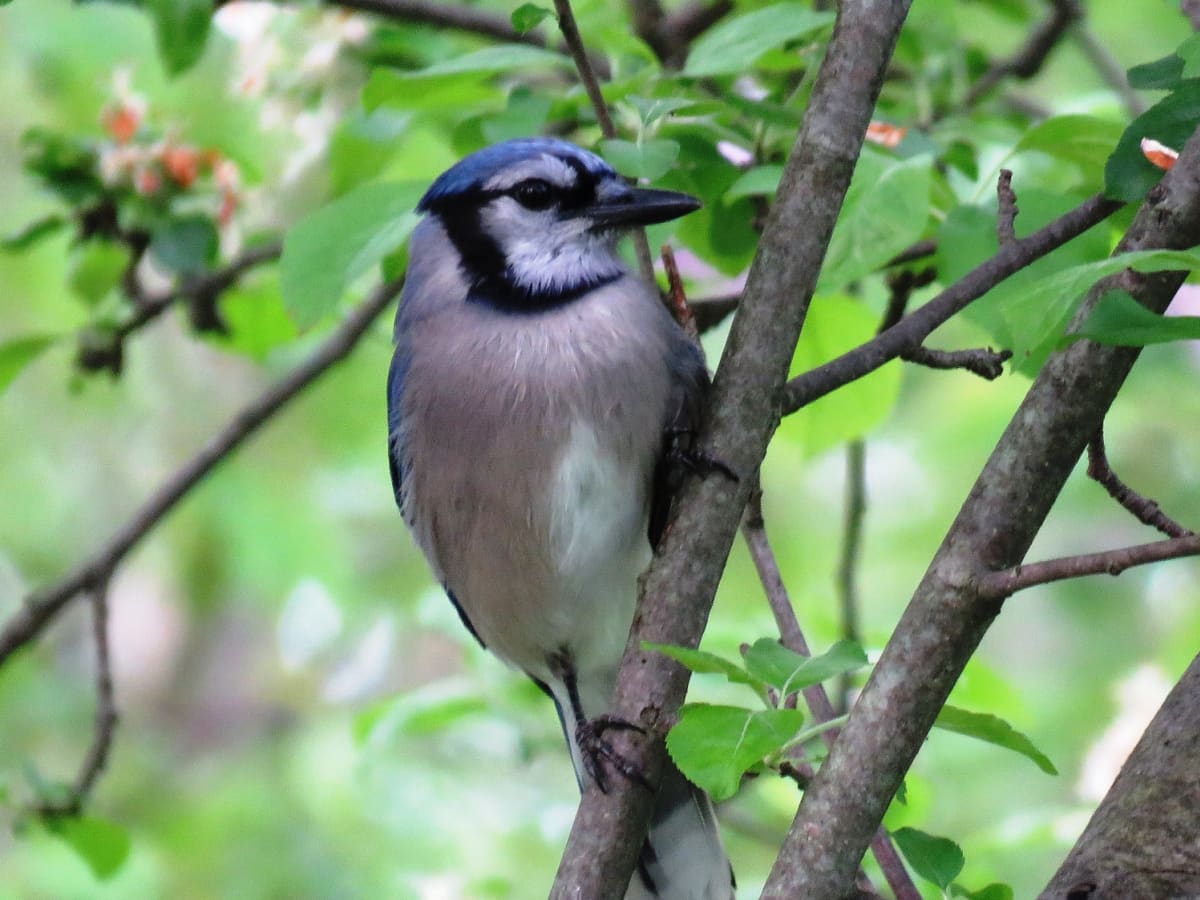



Blue Jay Facts Pictures And Behavior Owlcation
Blue jays build their bests at heights between 0 feet, depending on the surroundings These birds are known to use sticks, twigs, leaves, grass, barks, and even roots to make their nests The blue jays are known to fly great distances in search of rootlets from fresh graves, fallen trees, or recently dug ditches
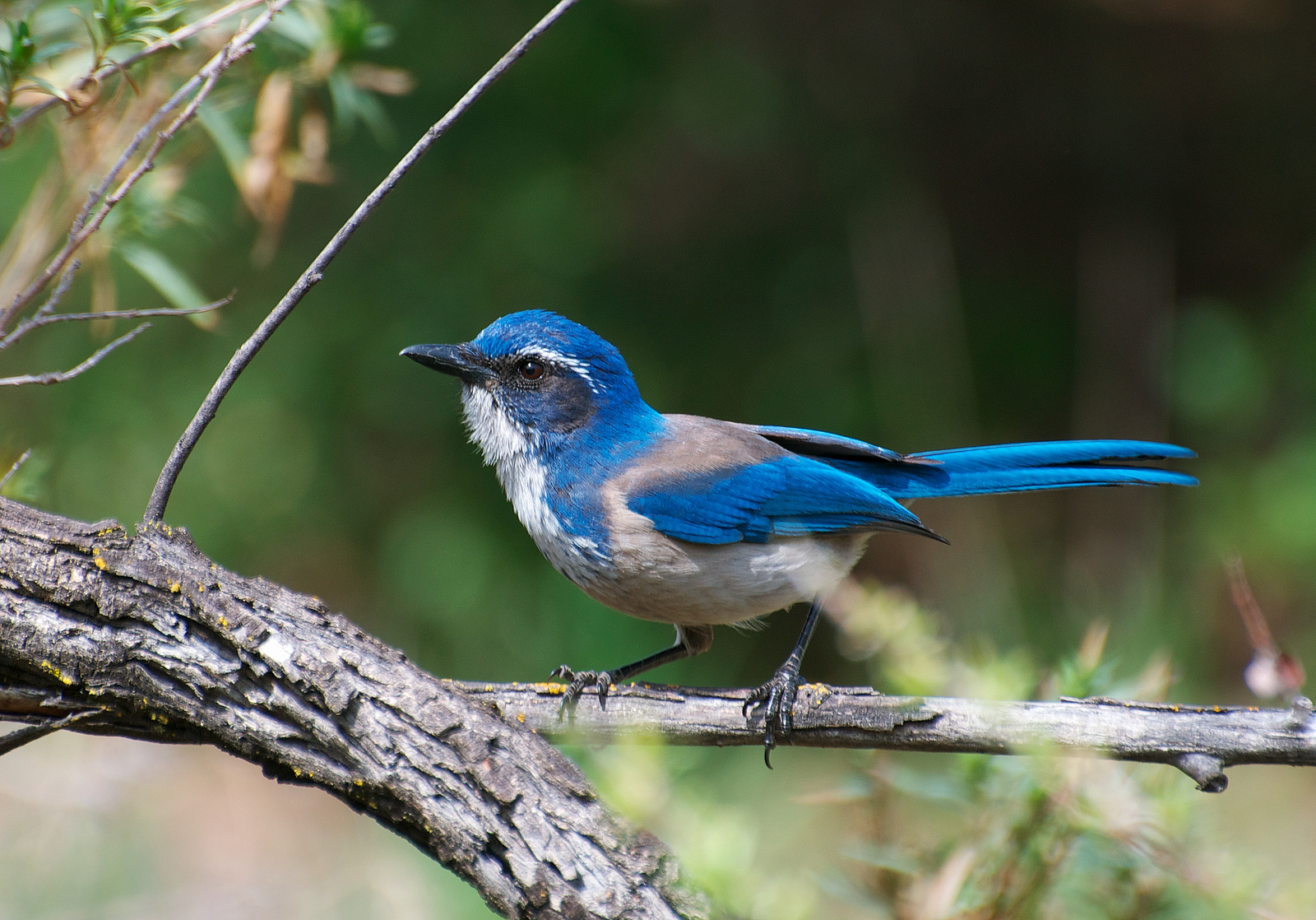



California Scrub Jay Celebrate Urban Birds




What Do Blue Jays Eat Know The Facts Bird Watching Pro



Blane Klemek Blue Jays Are Obnoxious But Serve A Crucial Role In The Wild Detroit Lakes Tribune
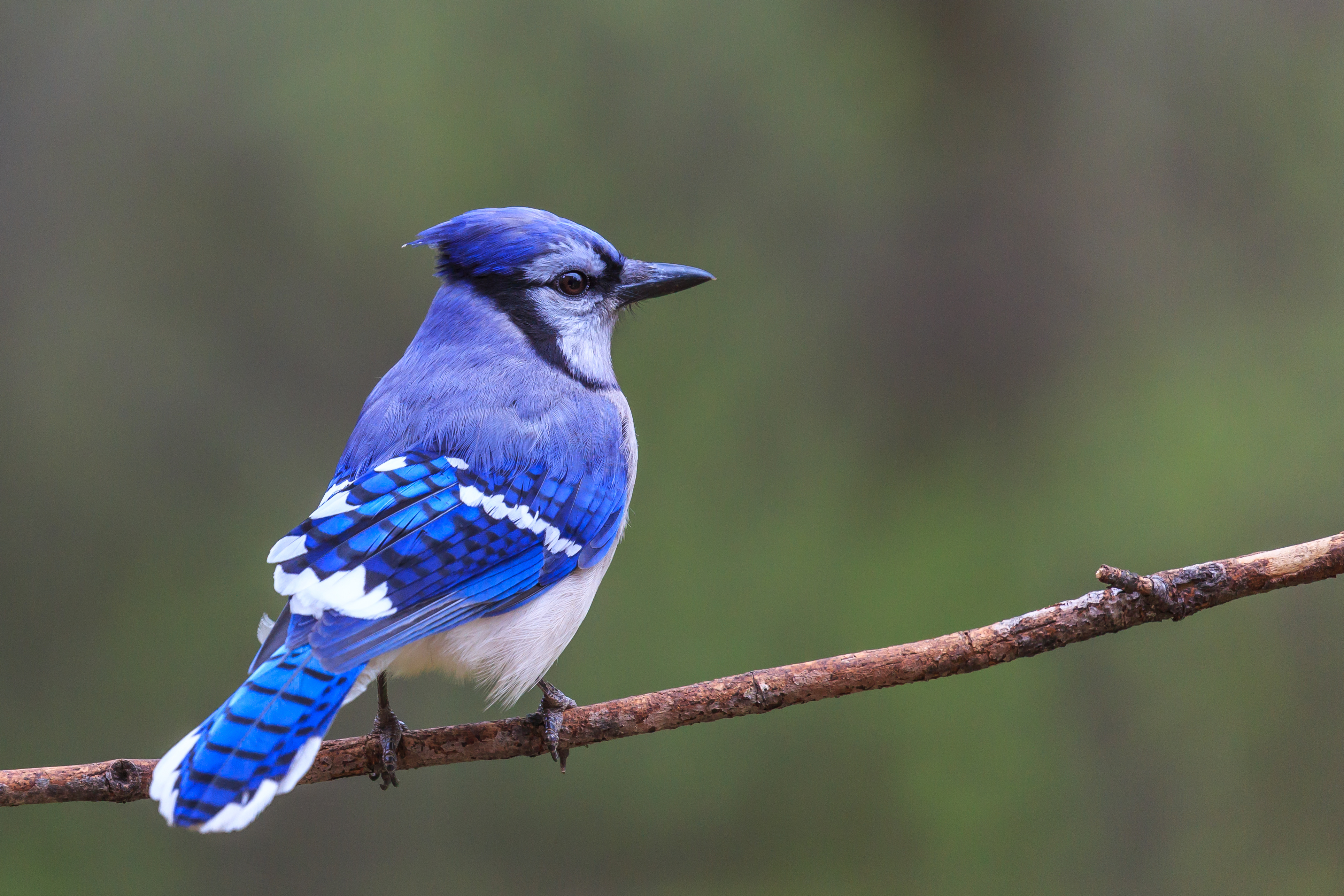



How To Tell A Male From A Female Blue Jay




Blue Jay Facts Pictures And Behavior Owlcation




Fall Is Social Season For Blue Jays Distraction Displays
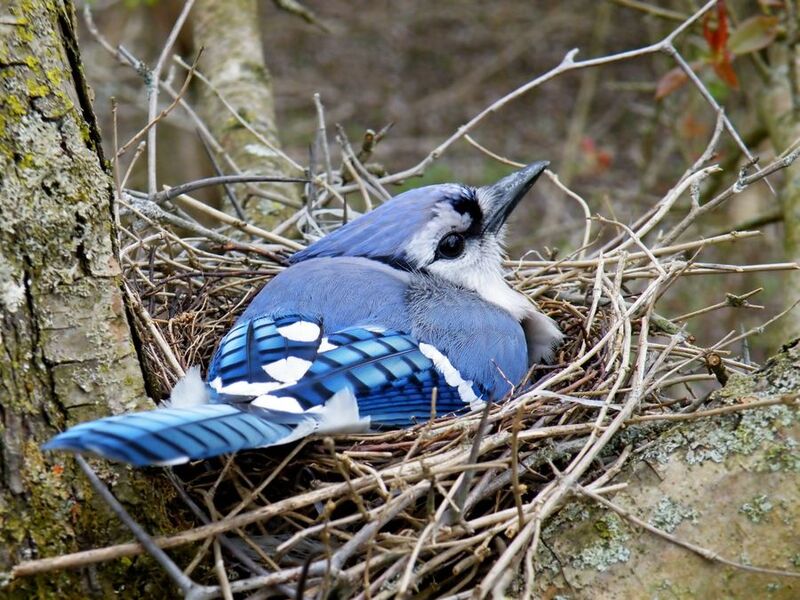



What Do Blue Jays Eat Daily Birder
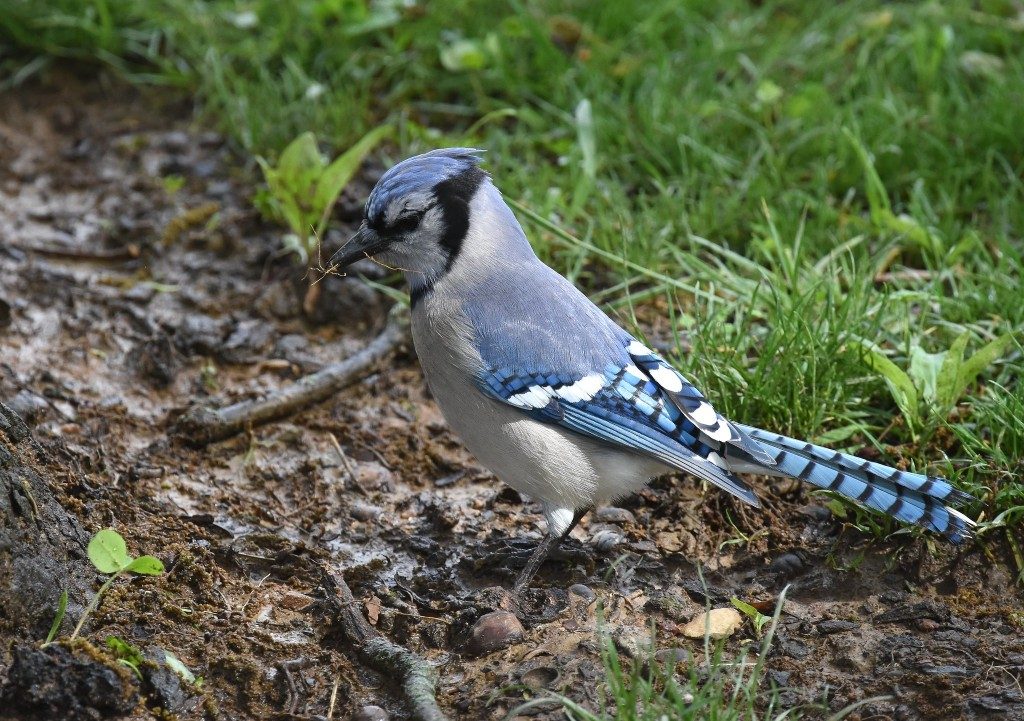



Blue Jays Nesting Outside My Window




Blue Jay Attacks My Wife Youtube



3




Blue Jays Interesting Facts Beauty Of Birds
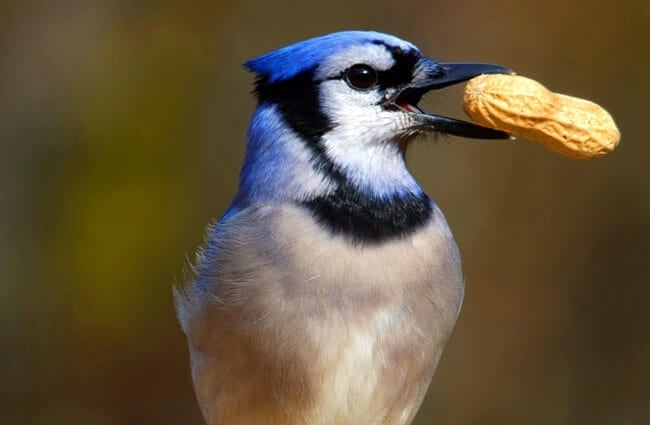



Blue Jay Description Habitat Image Diet And Interesting Facts




Nestwatch 5 Blue Jays Fledglings Sleeping Nestwatch



Blue Jays Cyanocitta Cristata Maligned But Most Important




Western Scrub Jay National Wildlife Federation
/blue-jay-2-5991e6b0c412440011b66974.jpg)



Blue Jay Wild Bird Species
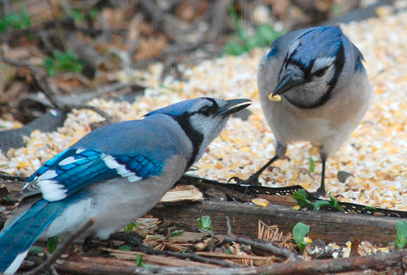



Male And Female Look Alikes All Seasons Wild Bird Store




Florida Scrub Jay Audubon Field Guide




Blue Jay Audubon Field Guide




Tips For Attracting Blue Jays Blain S Farm Fleet Blog
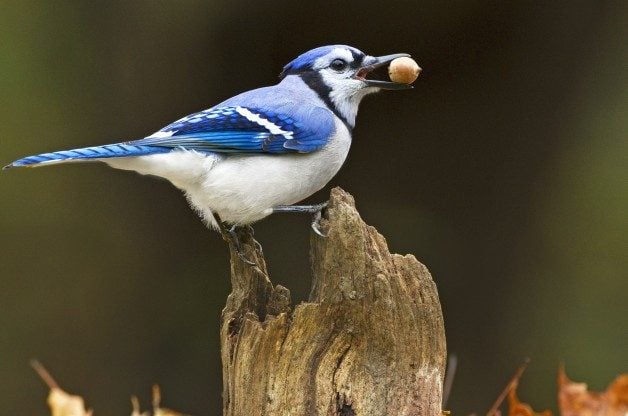



Bird Behavior Caching Food Birds And Blooms
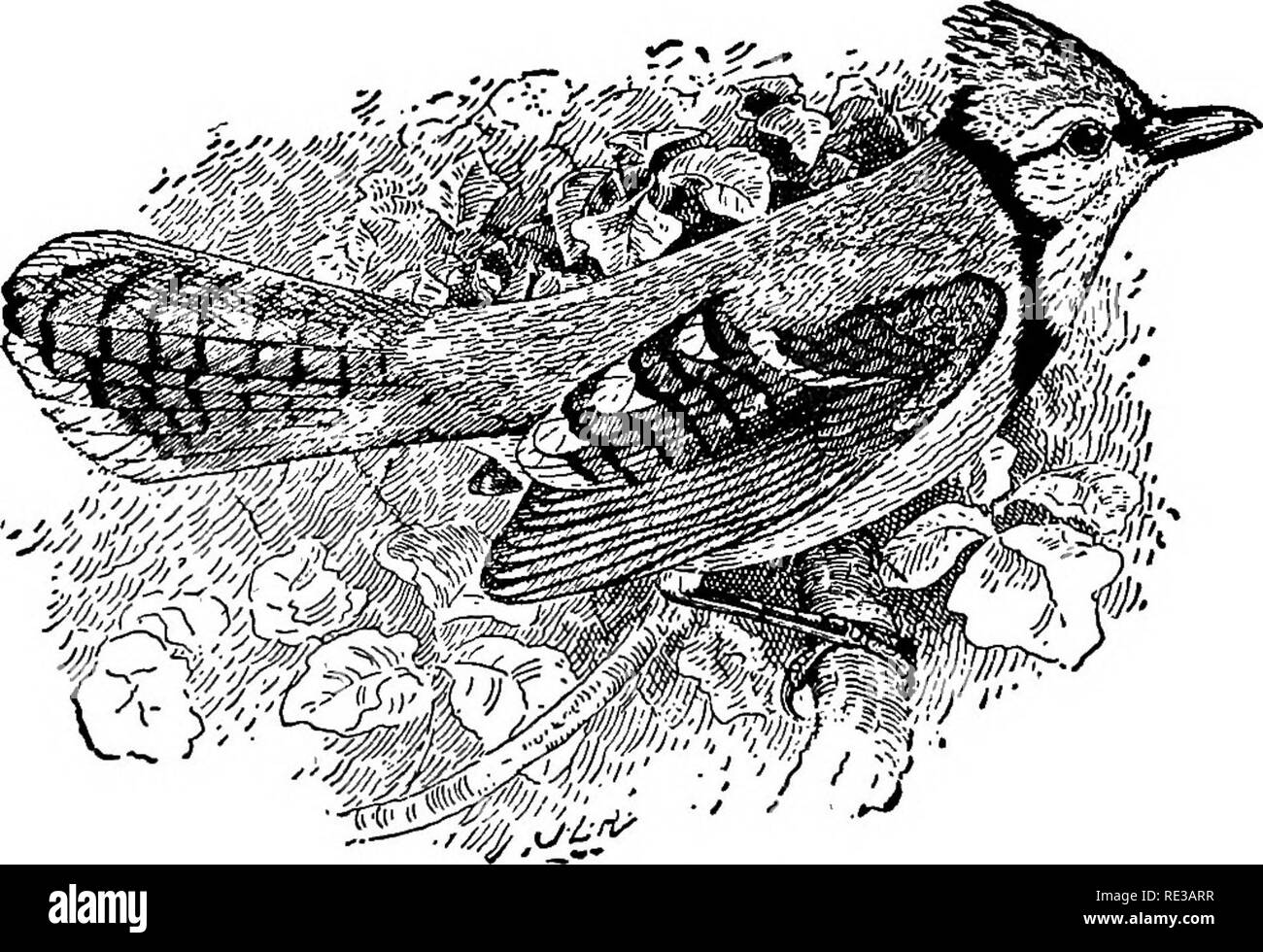



Nests And Eggs Of North American Birds Birds Birds 322 Nests And Effgs Of Almost Certainly Been Exaggerated No Doubt Many Jays Have Been Observed Rob Bing Nests Of Other Birds
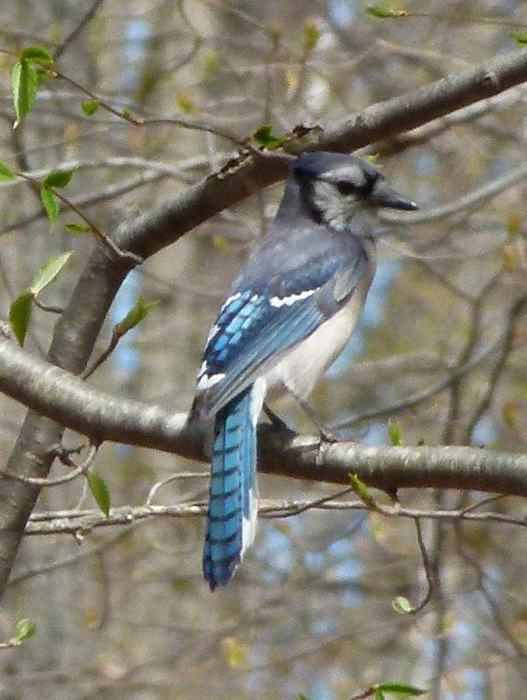



Blue Jay Cyanocitta Cristata Natureworks



Real
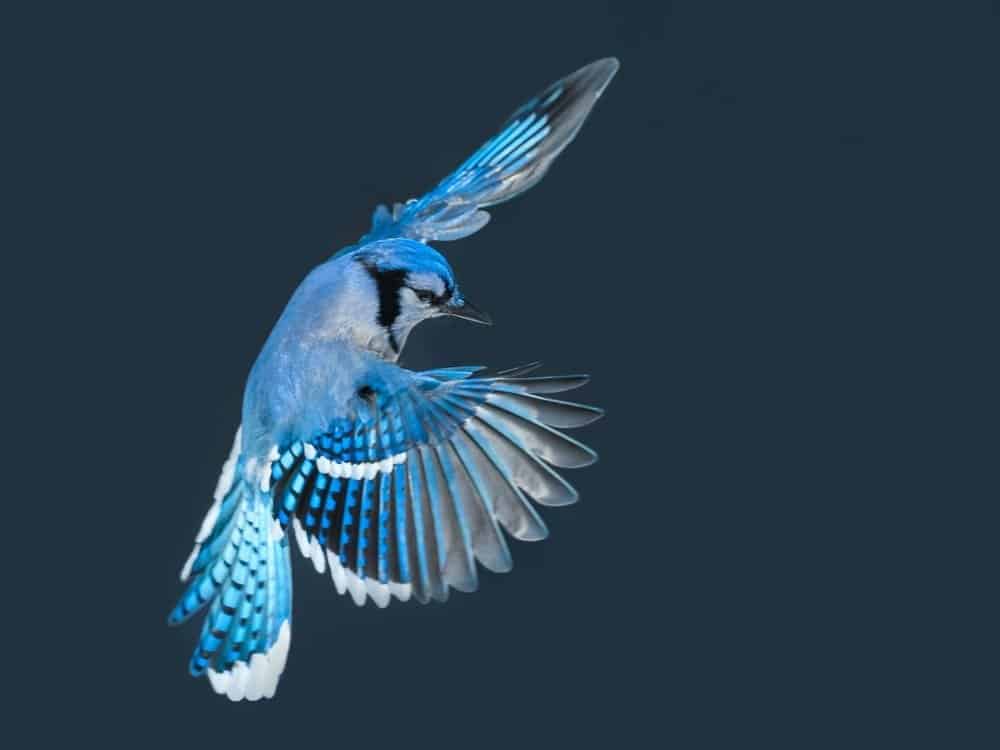



Blue Jay Bird Facts Cyanocitta Cristata Az Animals




Blue Jay Whatbird Com



Foe Or Friend Blue Jays Provide An Important Service To Other Wildlife



Blue Jays In My Backyard Cleveland Museum Of Natural History




Blue Jay Taking Flight Small Sensor Photography By Thomas Stirr
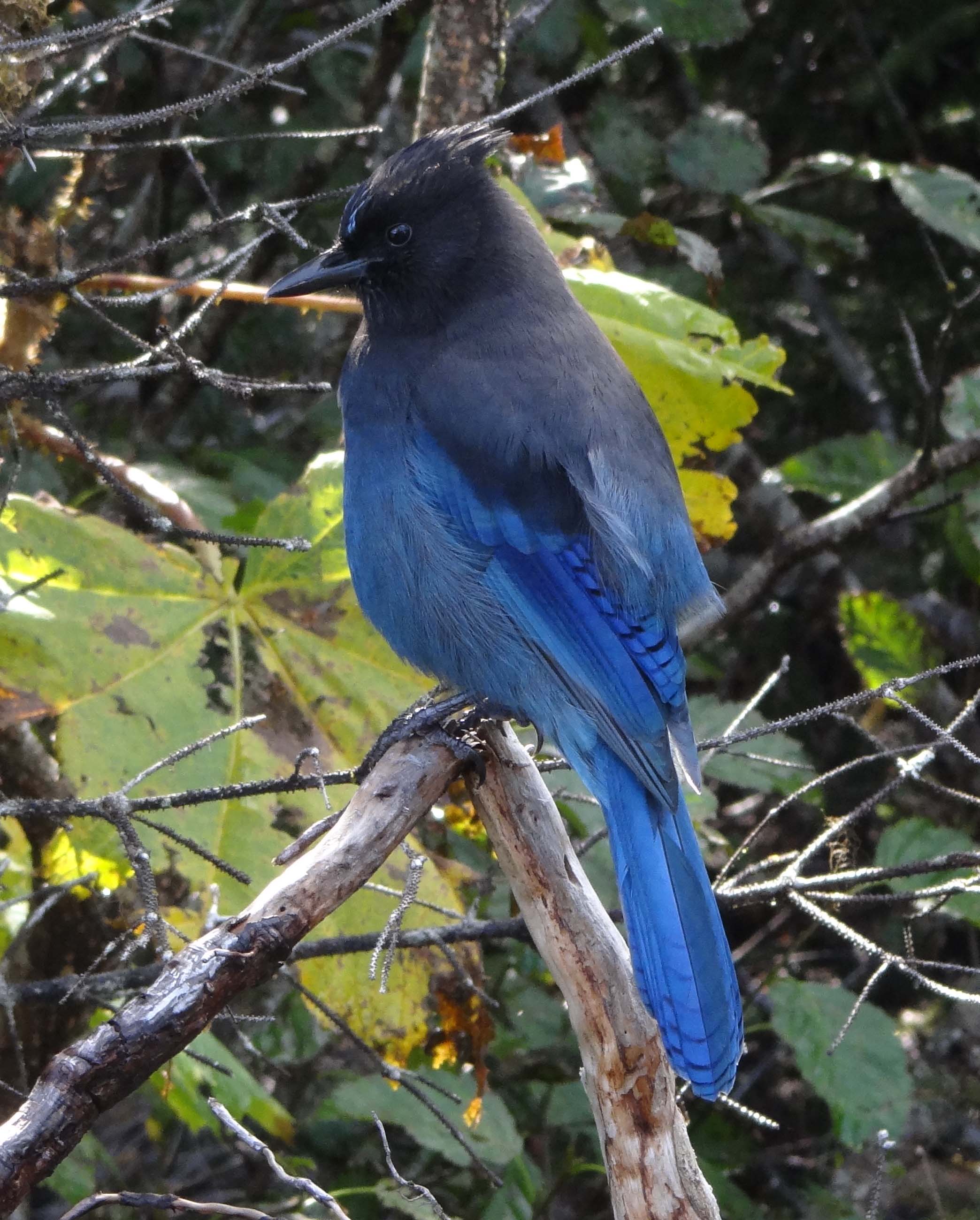



Steller S Jay Kenai Fjords National Park U S National Park Service




Blue Jay Facts Pictures And Behavior Owlcation




Blue Jay A New Look At A Common Feeder Bird
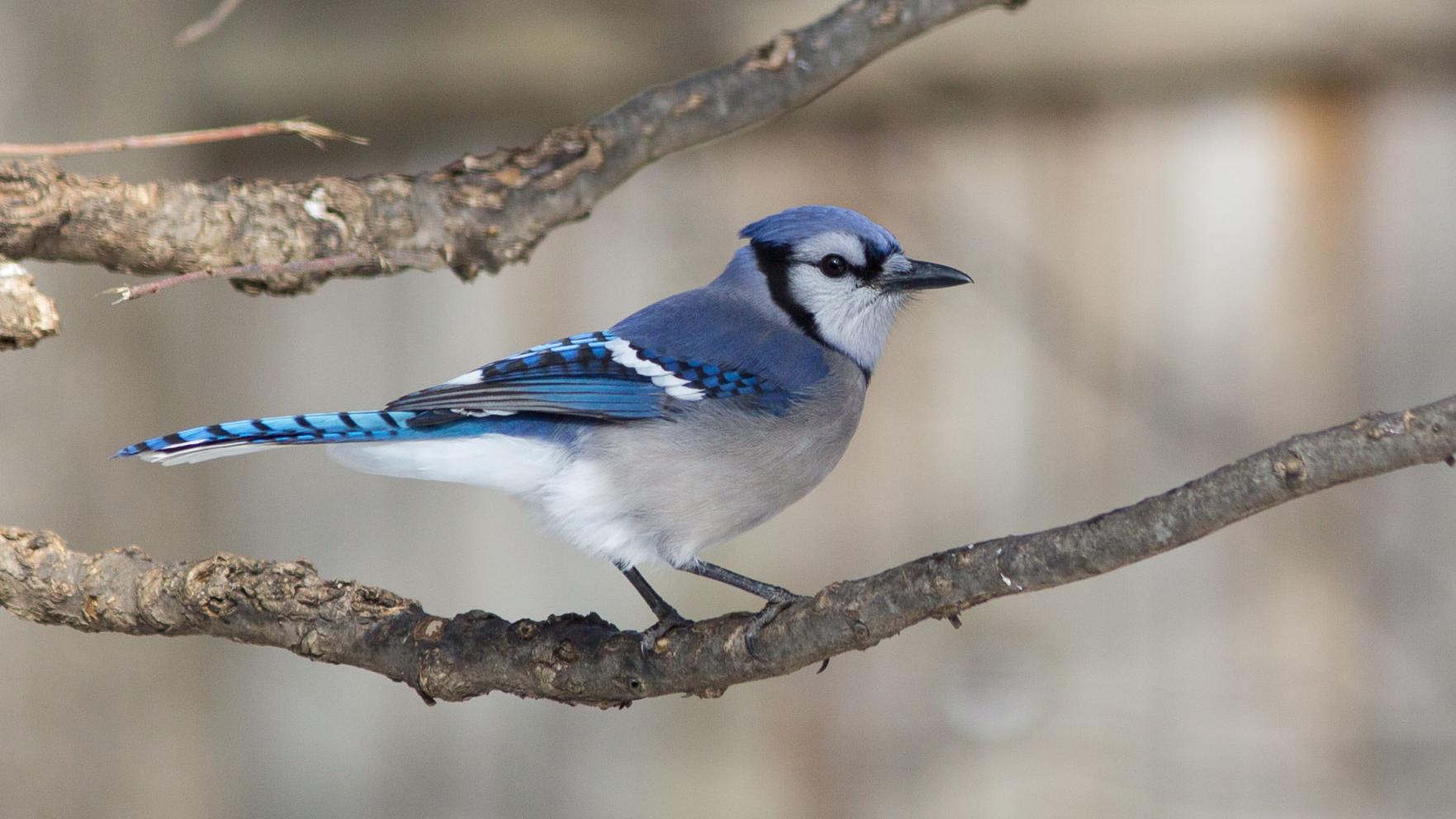



Birds The Blue Jay Is Not Everyone S Favorite Bird But It Is Stunning Journalnow Com



1



Blue
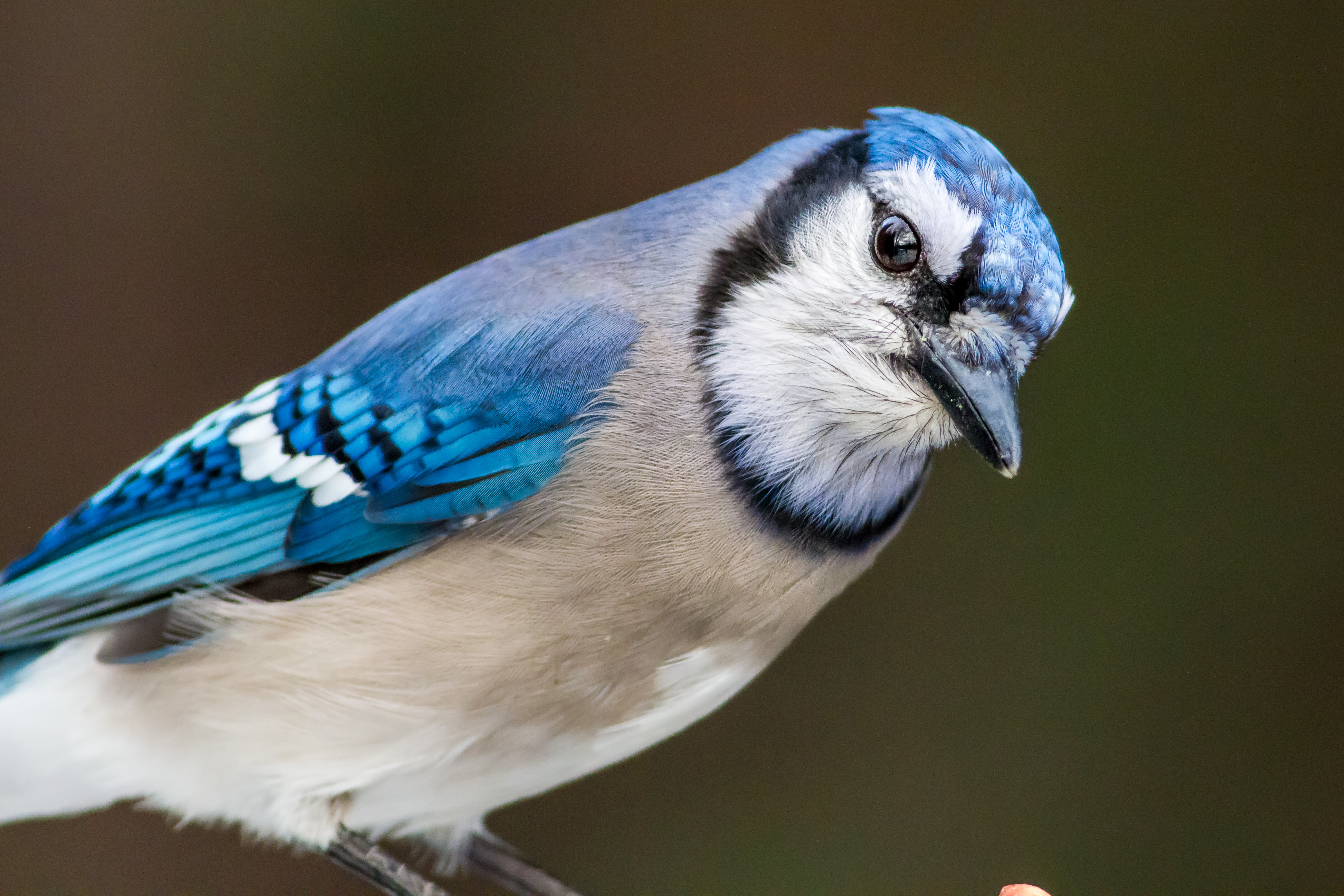



Anting Blue Jays Taking A Bath Or Preparing Dinner Feederwatch




Blue Jay Wikipedia




Blue Jay A New Look At A Common Feeder Bird
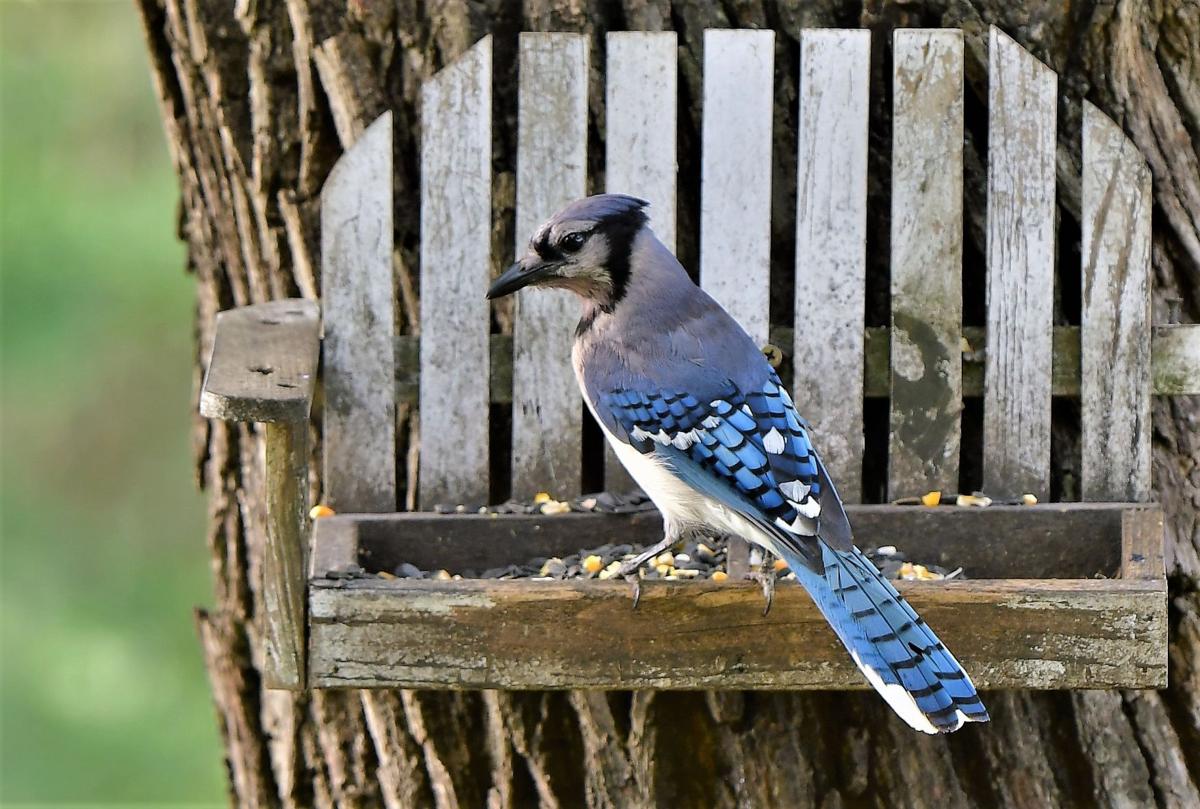



Learning To Love Blue Jays Columns Thefranklinnewspost Com




Attract Blue Jays With These 4 Simple Strategies 21 Bird Watching Hq
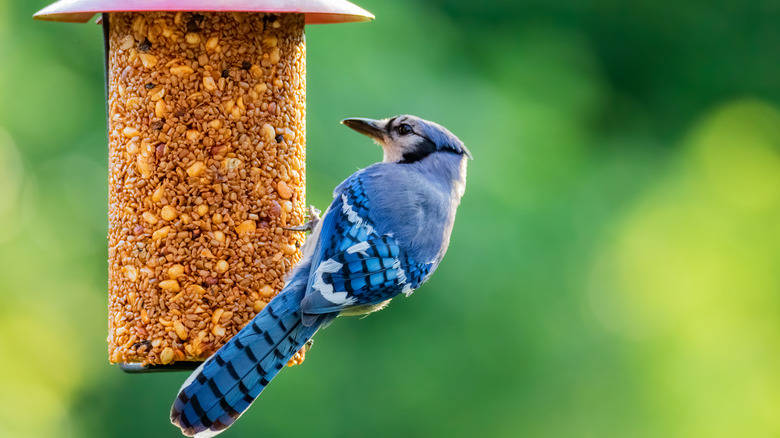



Here S What It Really Means When You See A Blue Jay



Hinterland Who S Who Blue Jay



Blue Jay National Geographic




Blue Jay Life History All About Birds Cornell Lab Of Ornithology
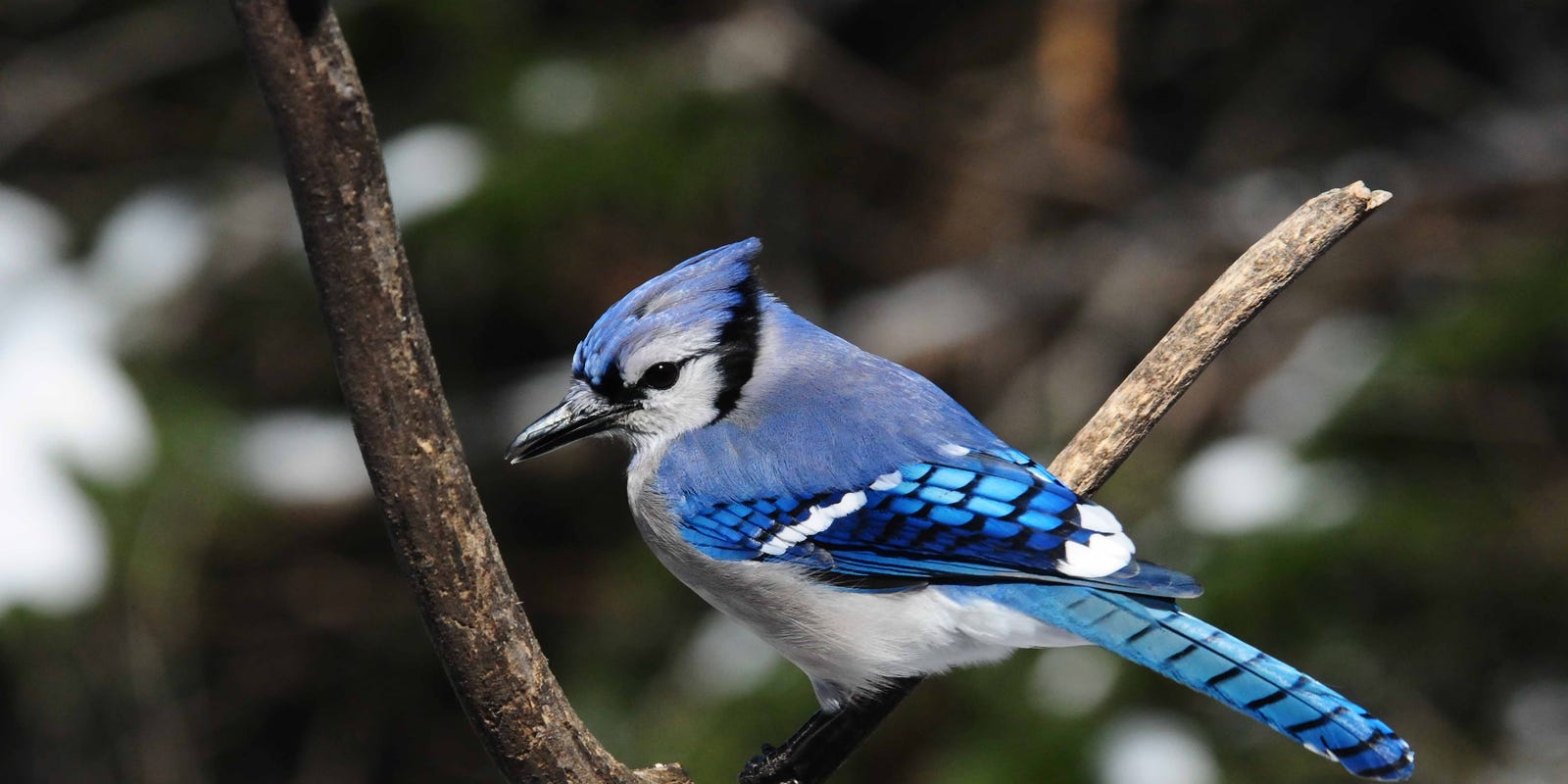



For The Birds Blue Jays Have An Attitude




15 Fun Interesting Facts About Blue Jays 21 Bird Watching Hq




Blue Jay Wikipedia
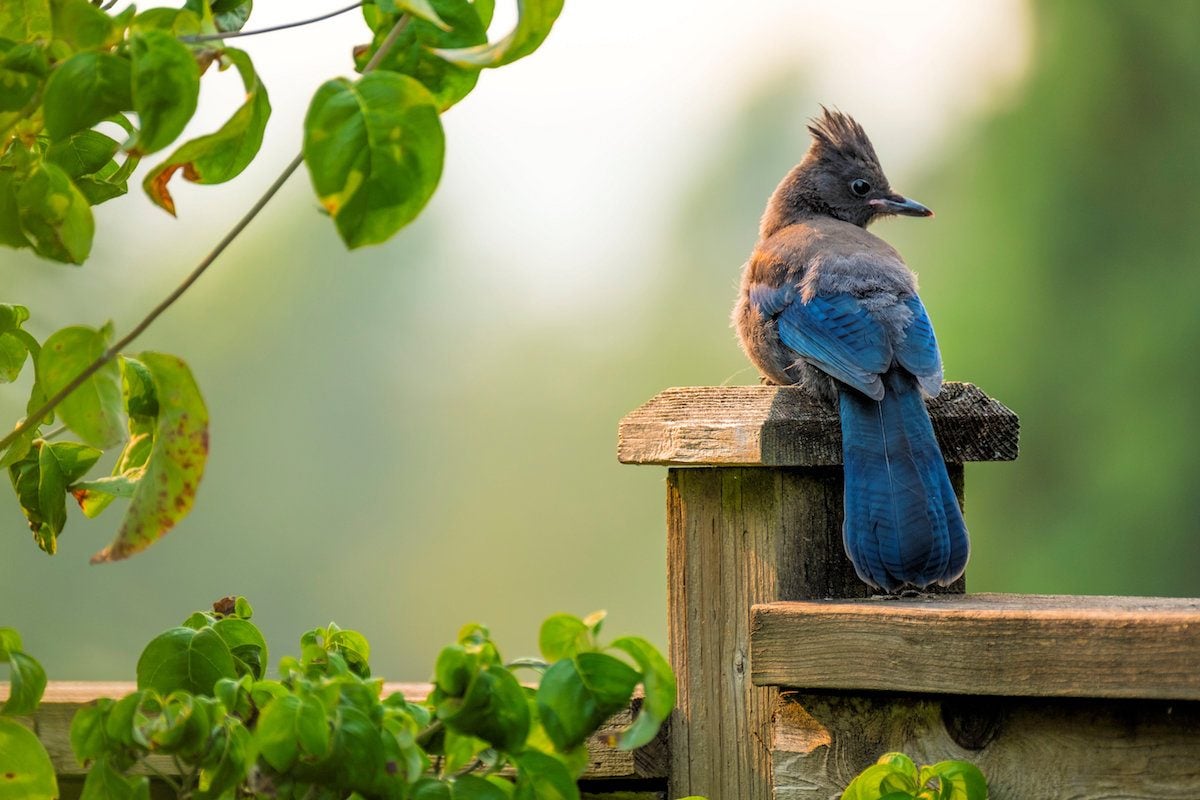



Meet The Steller S Jay Clever Black And Blue Birds
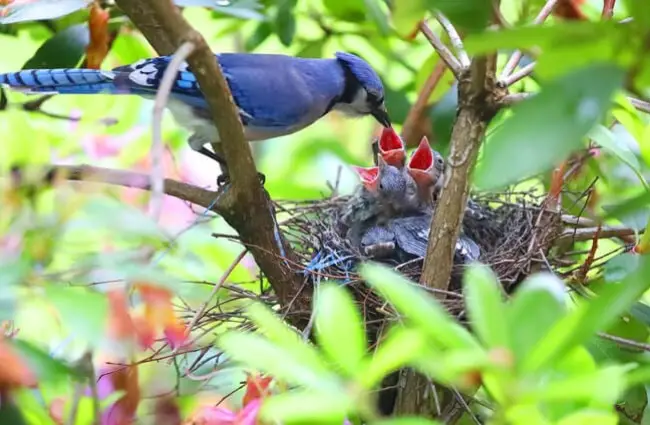



Blue Jay Description Habitat Image Diet And Interesting Facts
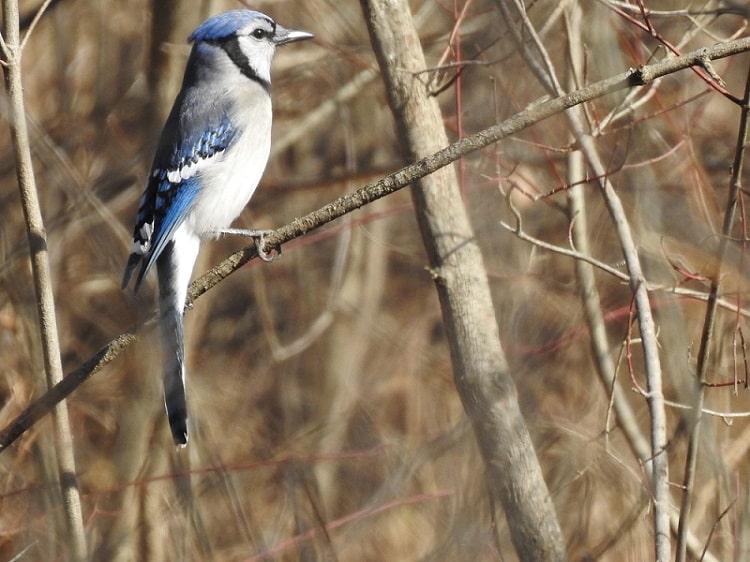



Blue Jay Bird What Do They Eat Where Do They Nest



Courtship Behaviors In The Yard The Zen Birdfeeder



Blue Jay Montana Field Guide
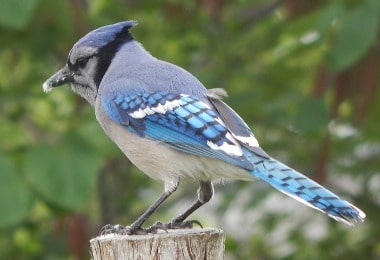



Blue Jay Bird What Do They Eat Where Do They Nest
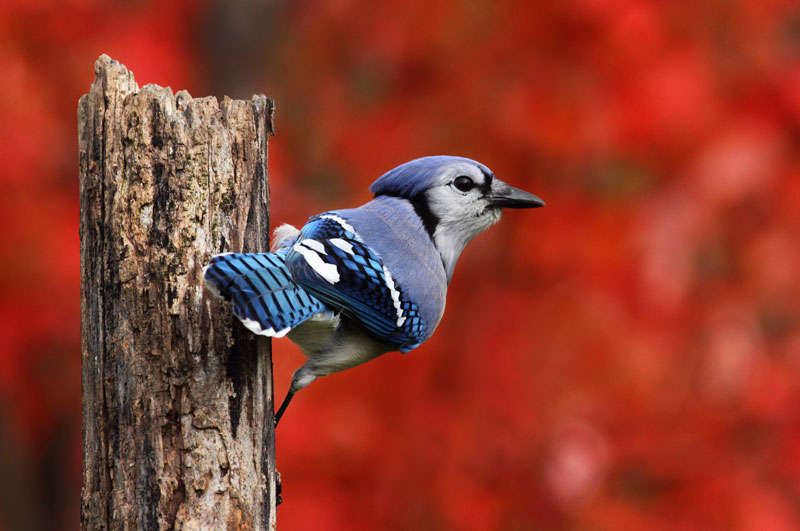



Hinterland Who S Who Blue Jay




Animal Facts Blue Jay Canadian Geographic




Meet Our National Bird The Gray Jay Canadian Geographic




Blue Jay Couple Building Nest Youtube



Blue Jay National Geographic




The Blue Jay Nest Blue Jay Nesting Habits Daily Birder




Breeding Blue Jay Cyanocitta Cristata Birds Of The World




Bluejay Bird What Do They Eat Where Do They Nest Blue Jay Bird Blue Jay Pet Birds
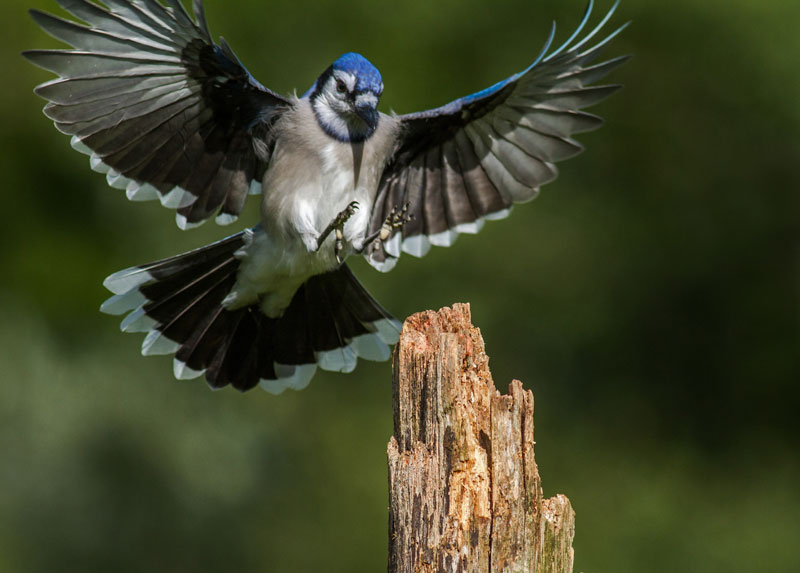



Hinterland Who S Who Blue Jay
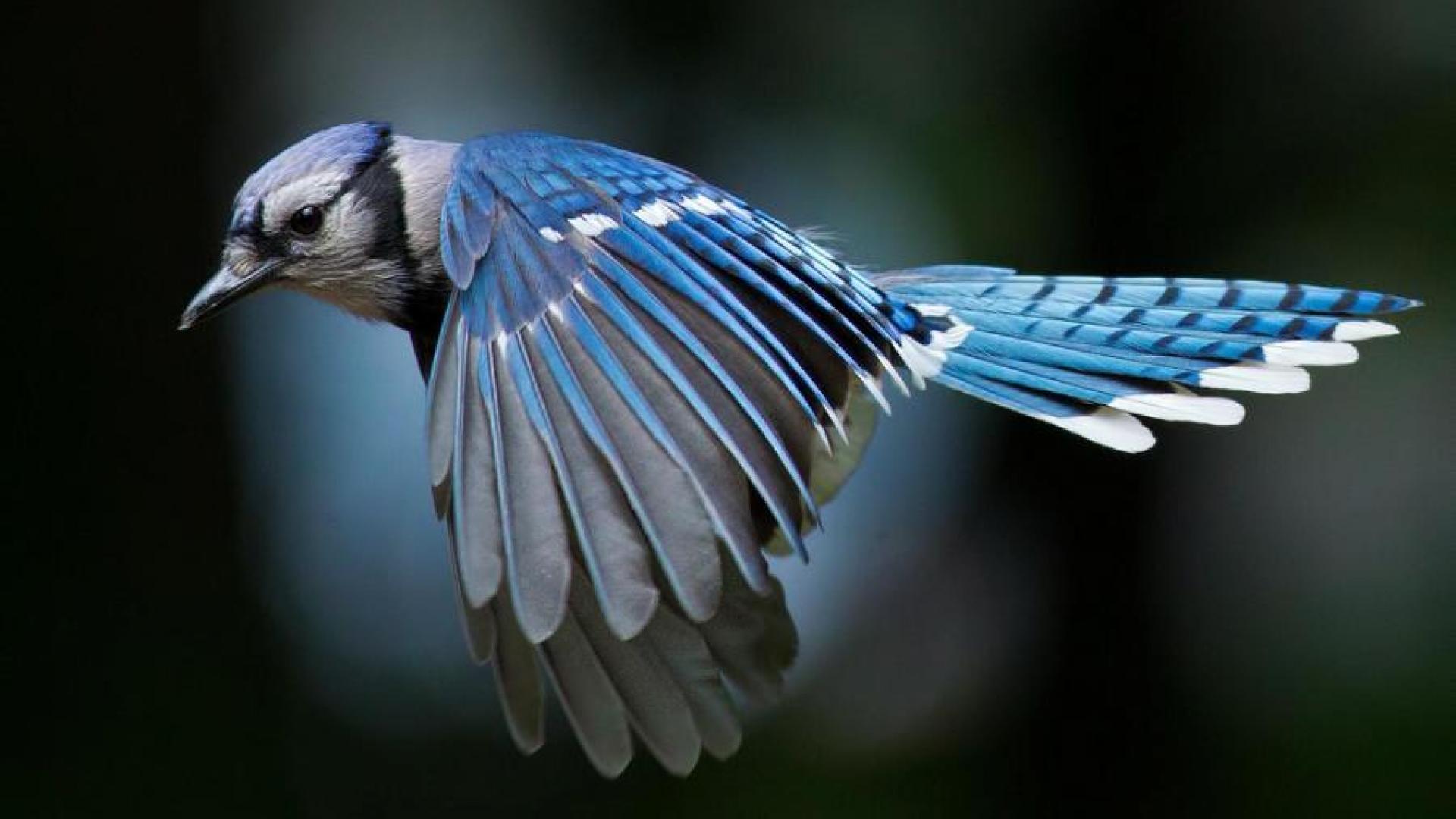



Art Lander S Outdoors Some Facts About The Blue Jay The Lovable Bully At The Backyard Bird Feeder Nkytribune
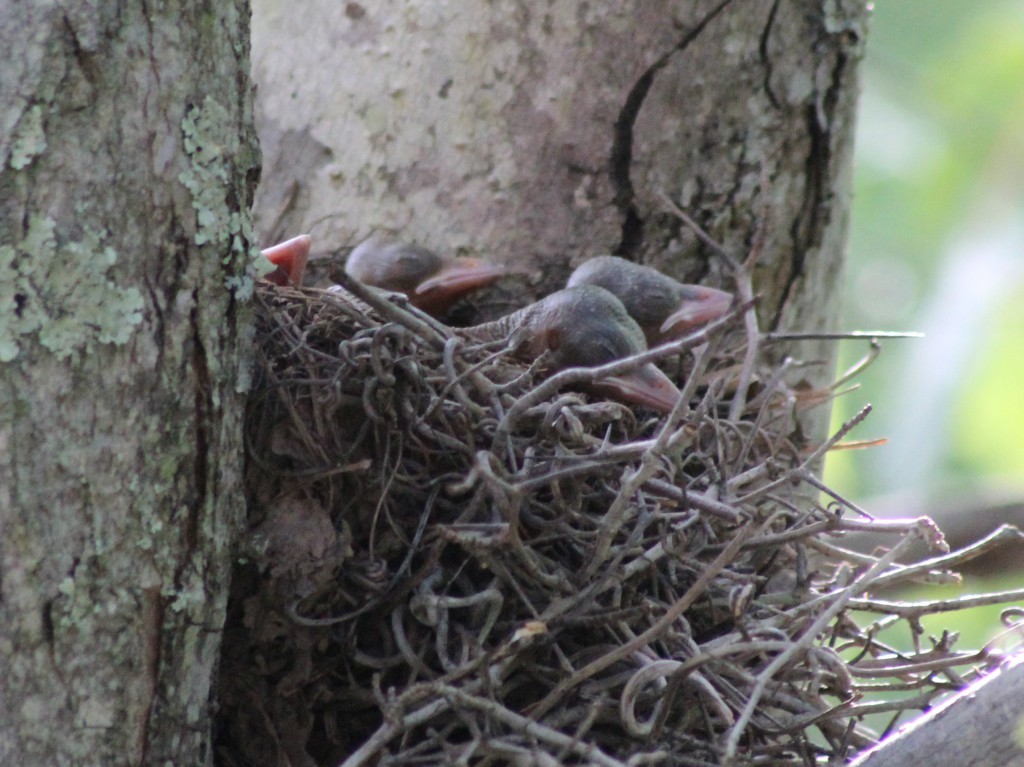



Nestwatch The Blue Jay Family Nestwatch
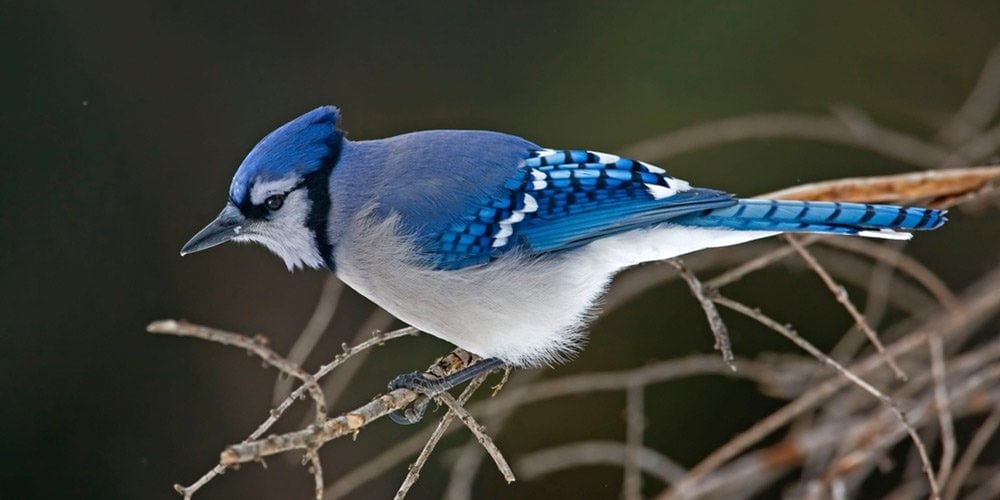



Blue Jays Birdwatching Facts Blue Jays Birds Birdinformer Com



Dealing With Smart And Spirited Blue Jay For Better Or Worse Birdwatching
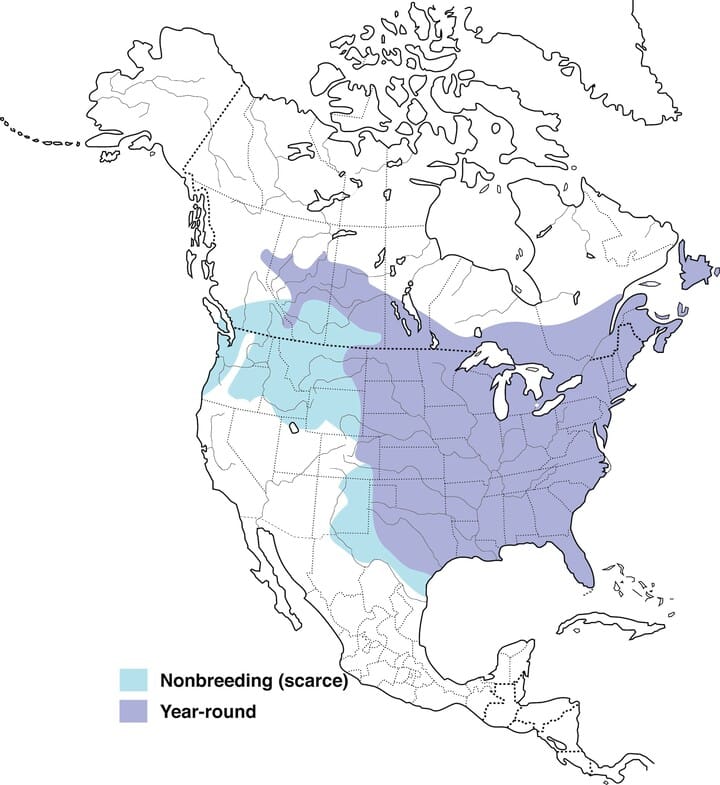



Blue Jay Overview All About Birds Cornell Lab Of Ornithology




The Blue Jay Nest Blue Jay Nesting Habits Daily Birder




Breeding Blue Jay Cyanocitta Cristata Birds Of The World




Are Blue Jays Rare State By State Comparison
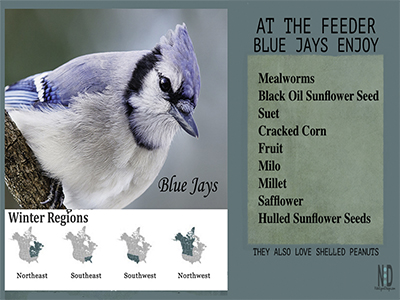



Blue Jays Nikki Lynn Design




5 Weird Facts About Blue Jays Nature Canada
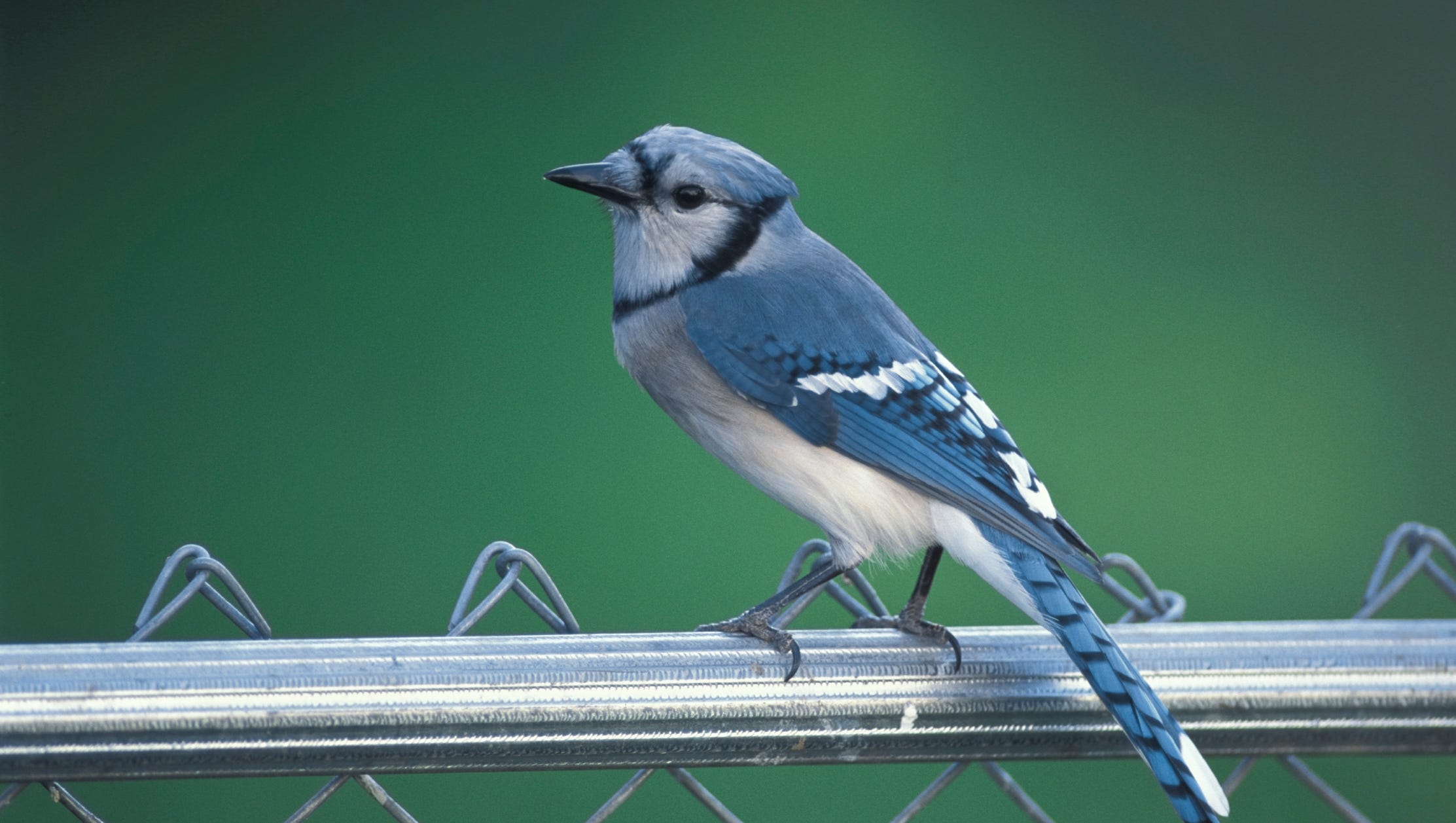



Critter Of The Week Blue Jay
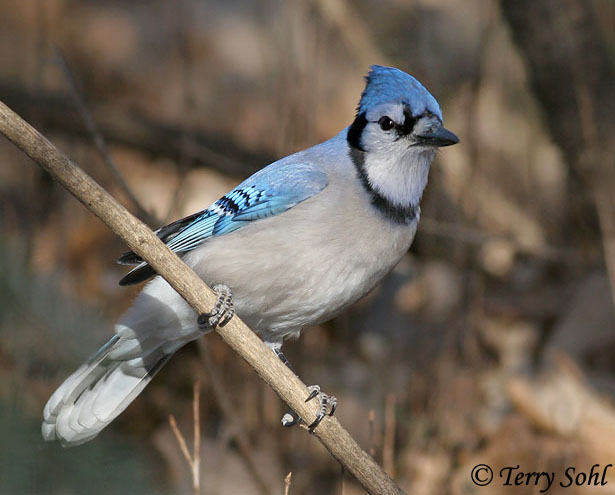



Blue Jay South Dakota Birds And Birding




How Not To Disturb A Nesting Mother Scrub Jay
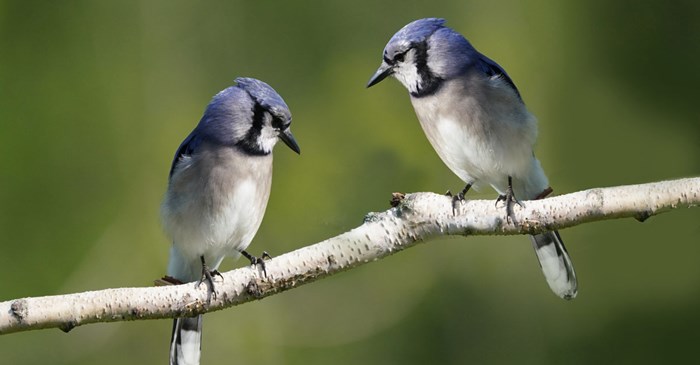



Do Blue Jays Mate For Life Lyric Wild Bird Food




What Are The Stages Of Life For A Baby Blue Jay Animals Mom Com




12 Tips On How To Attract Blue Jays To Your Yard 21 World Birds



0 件のコメント:
コメントを投稿